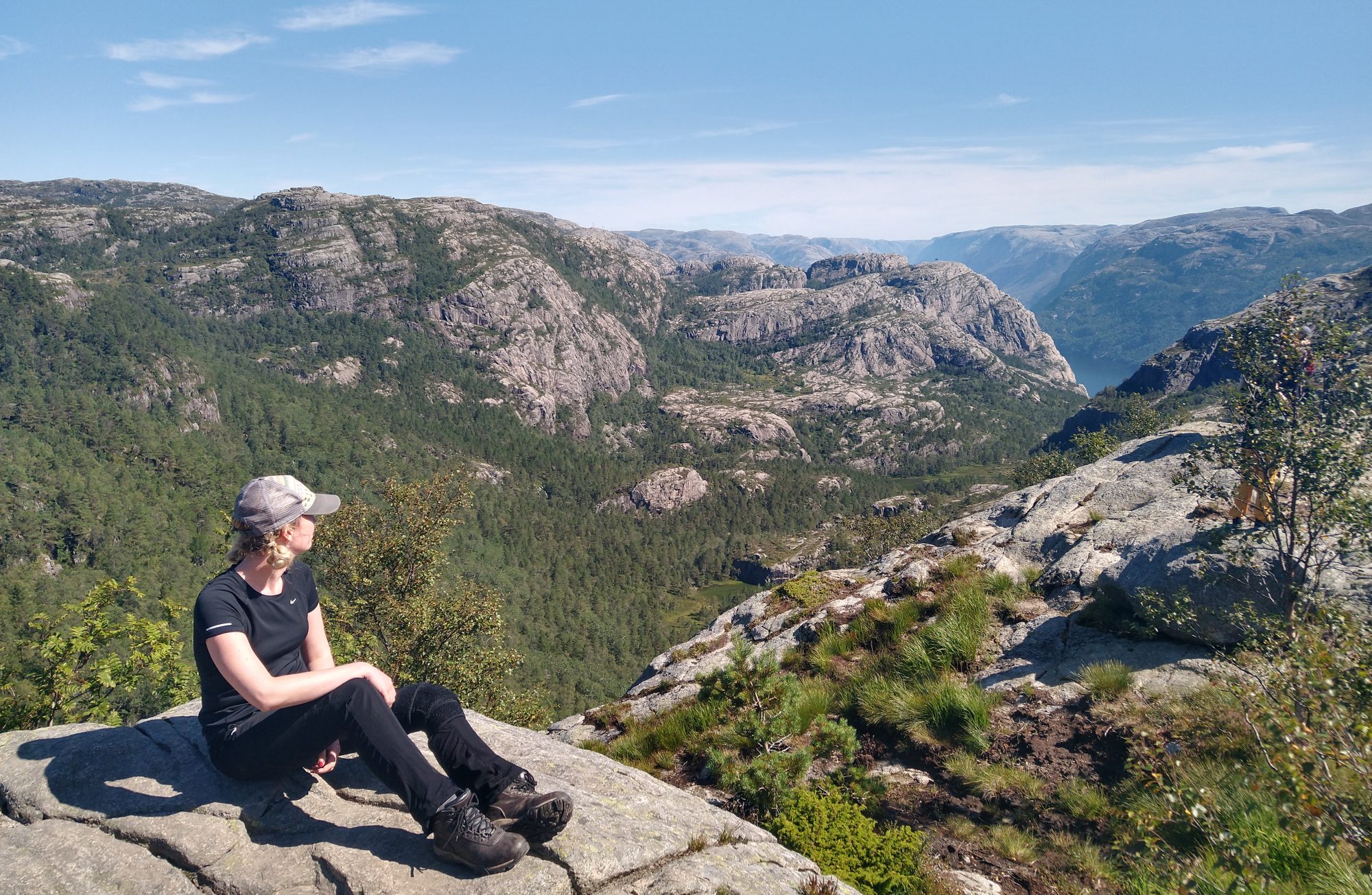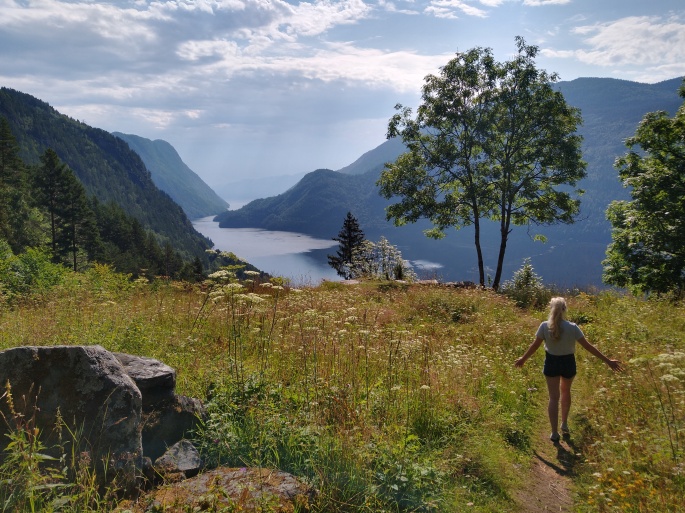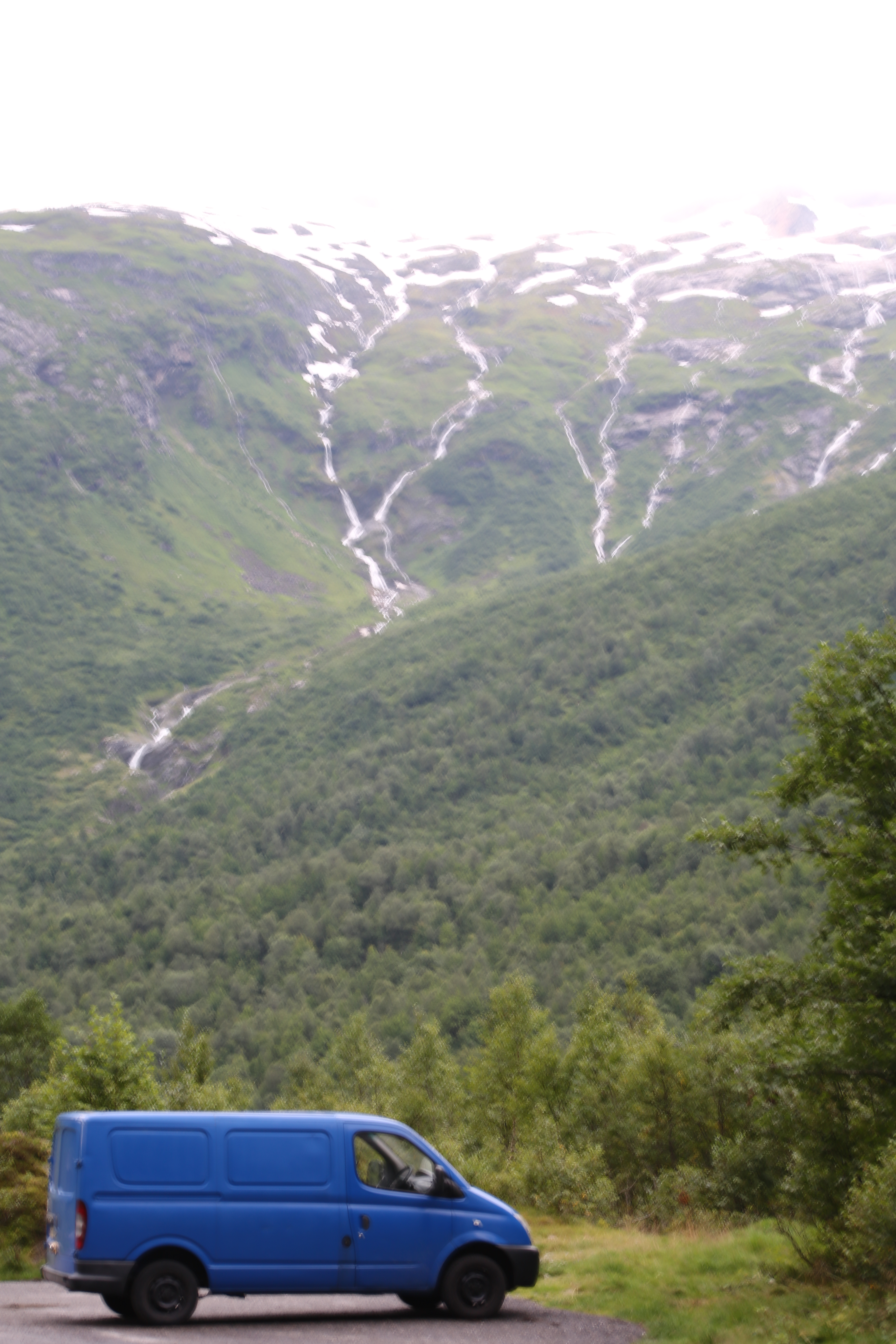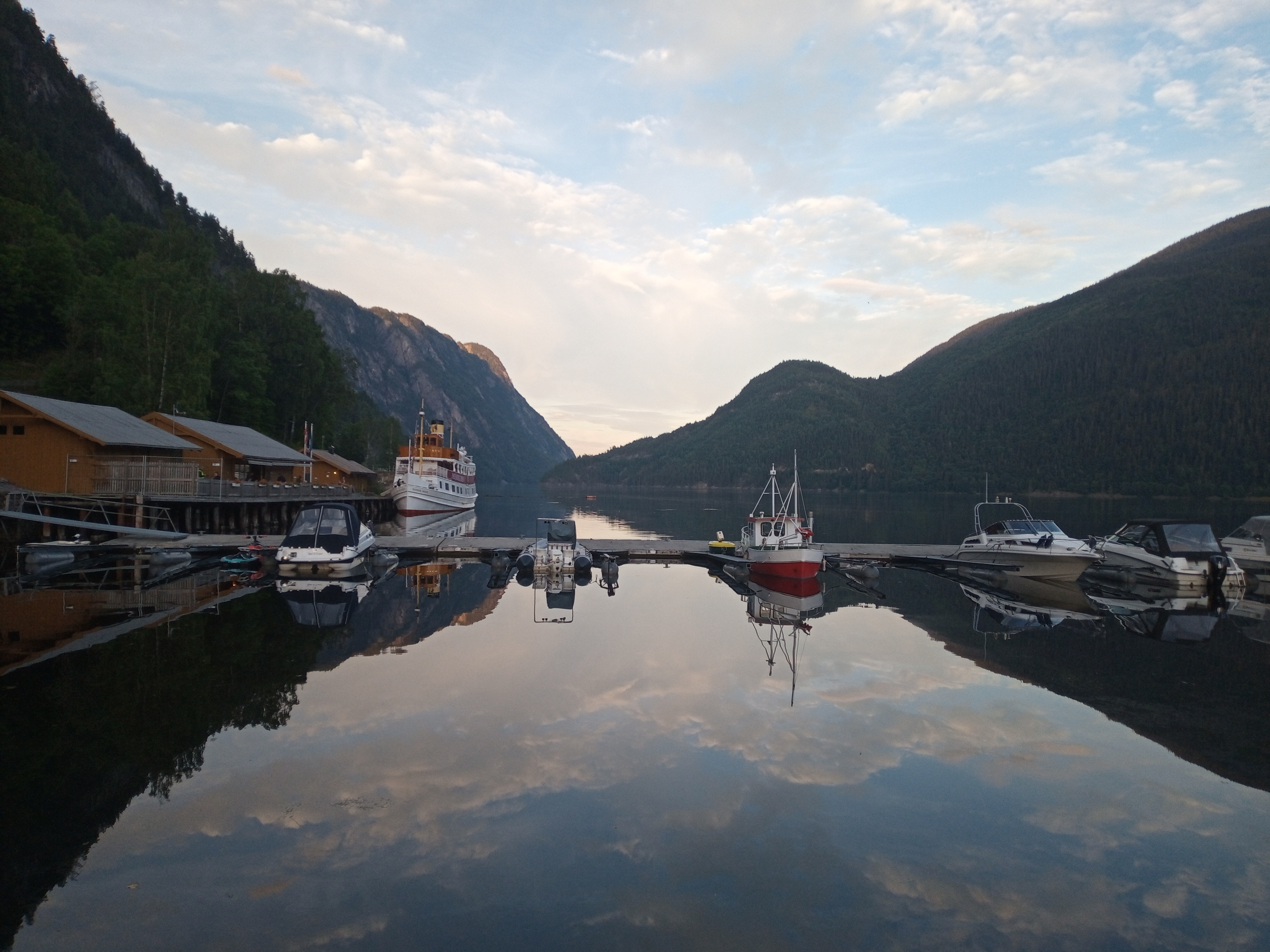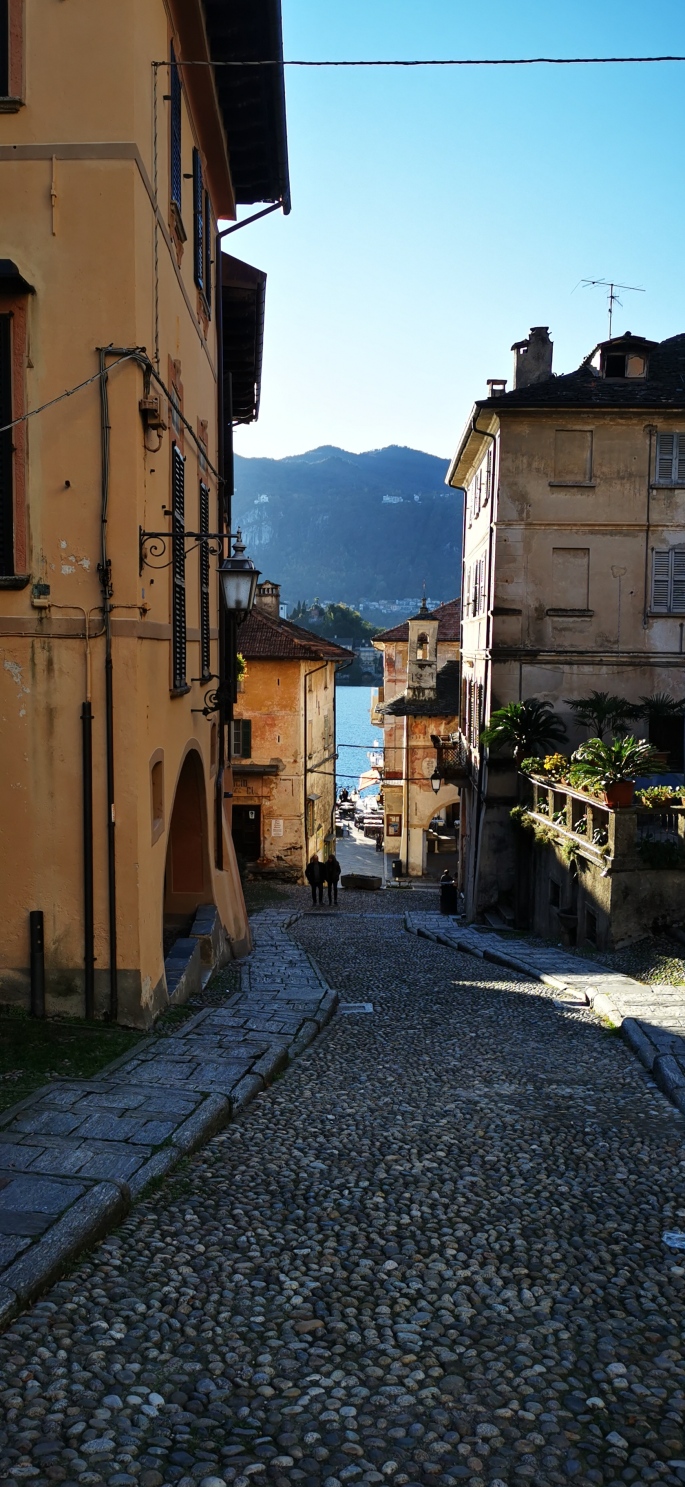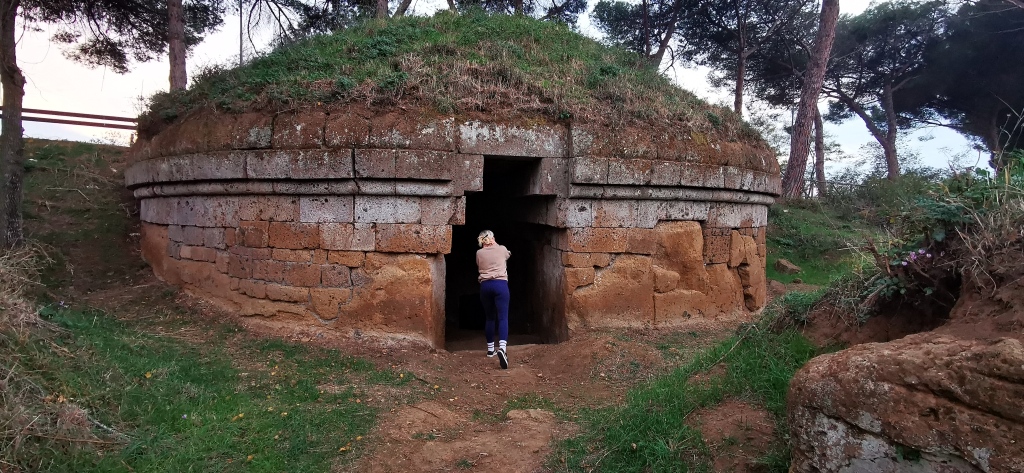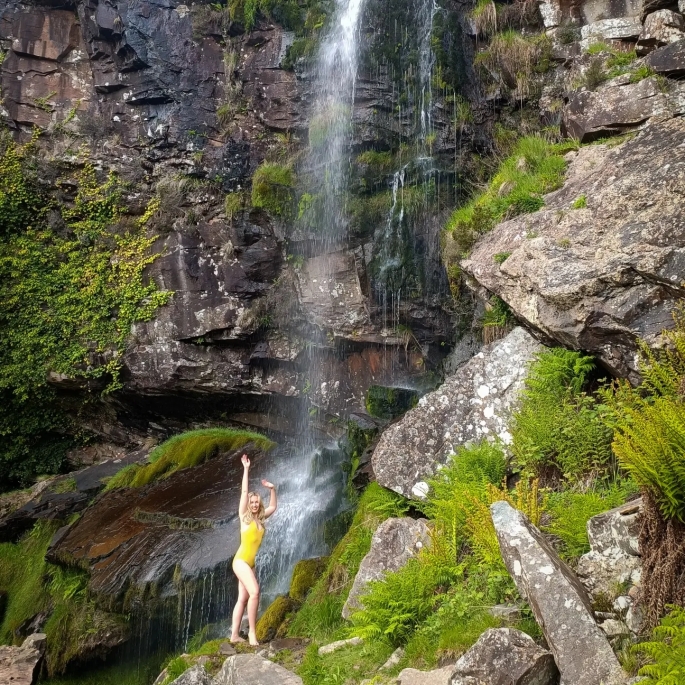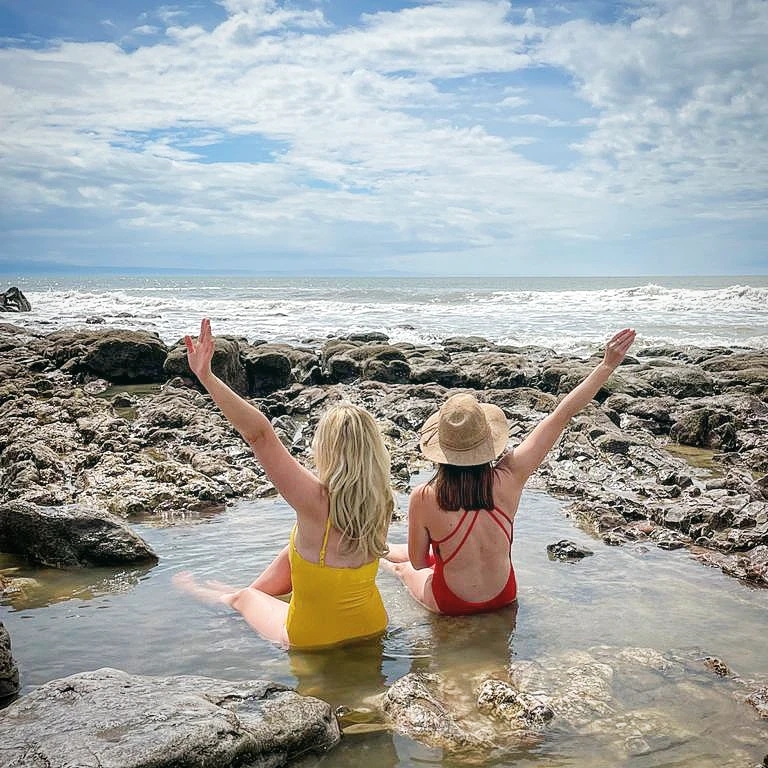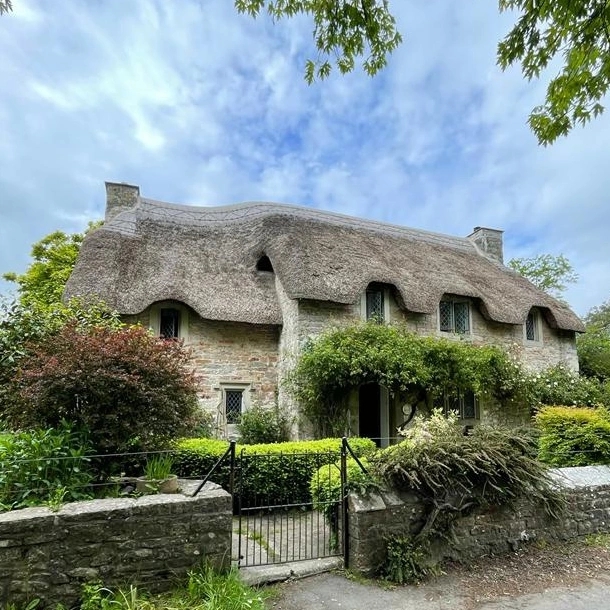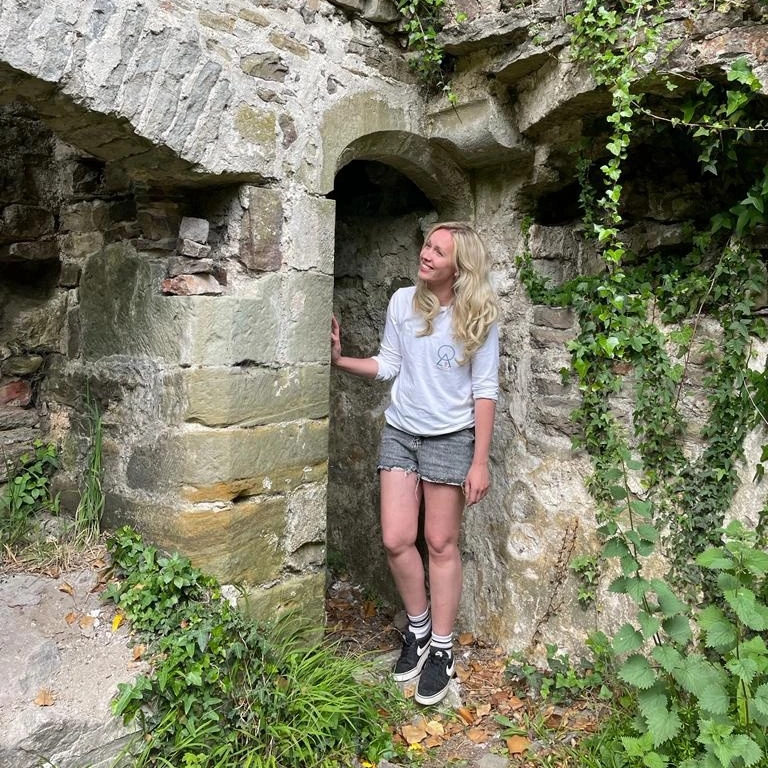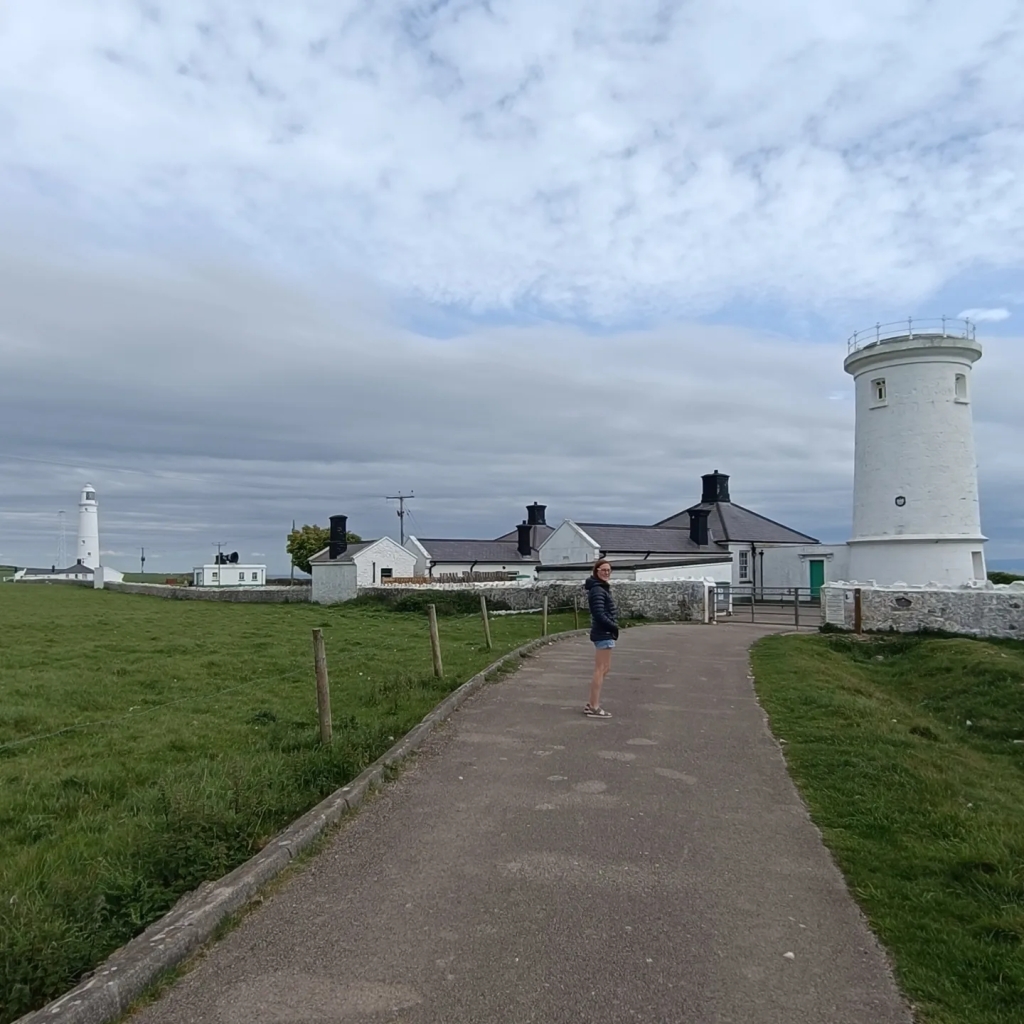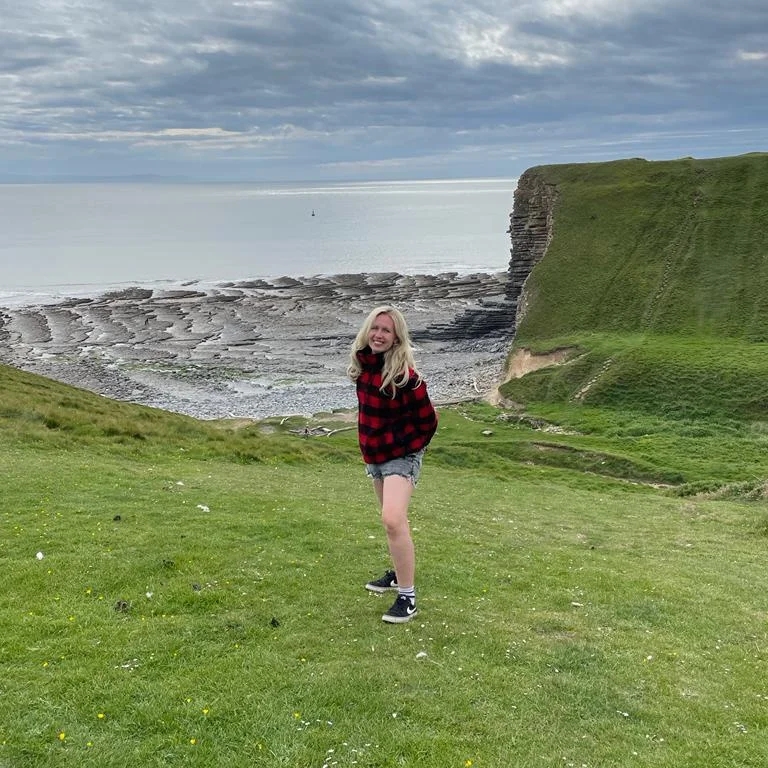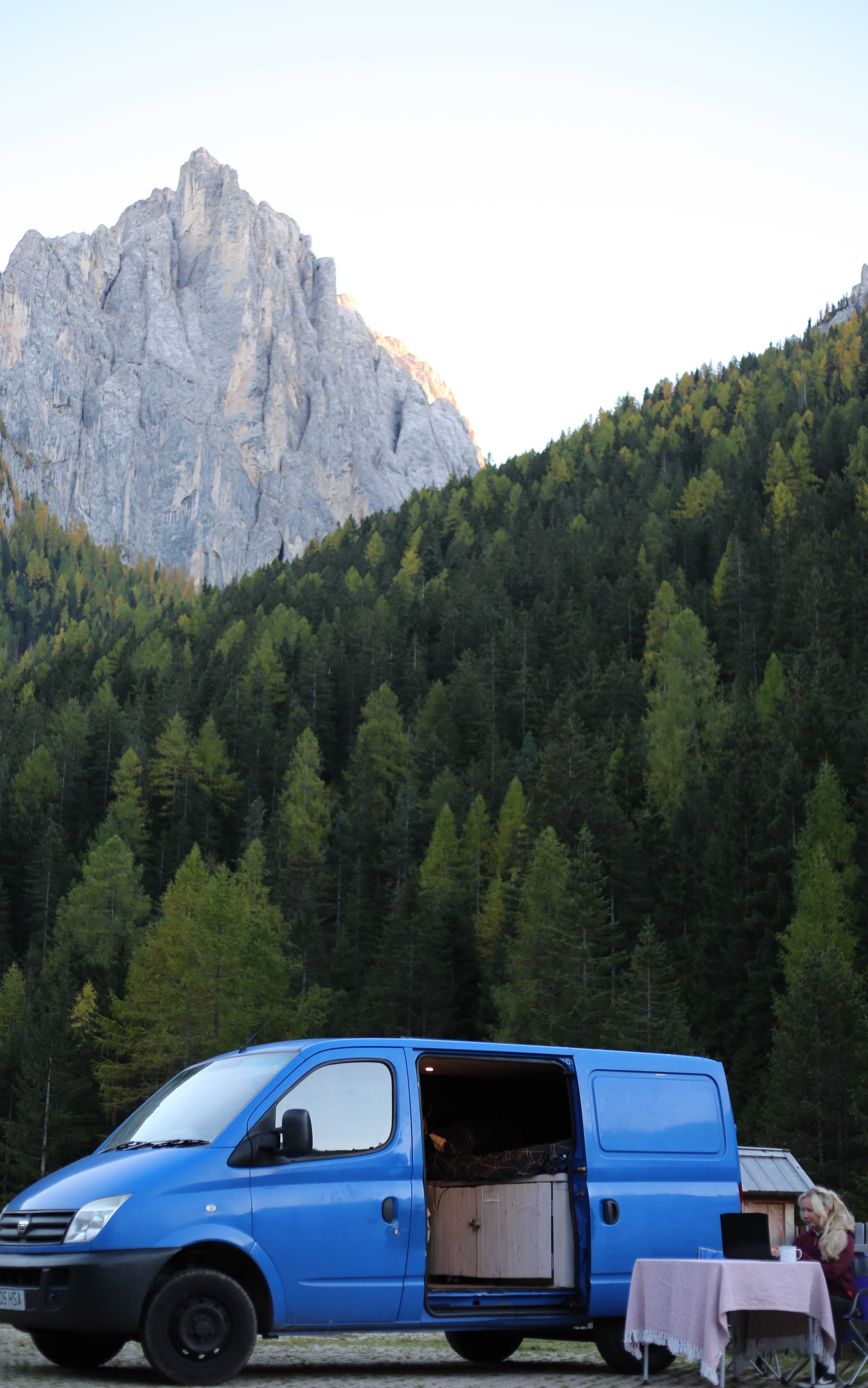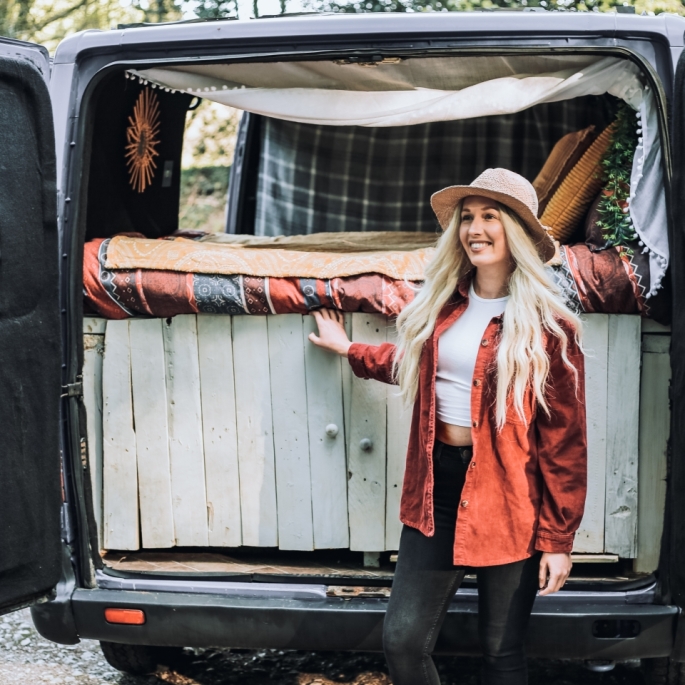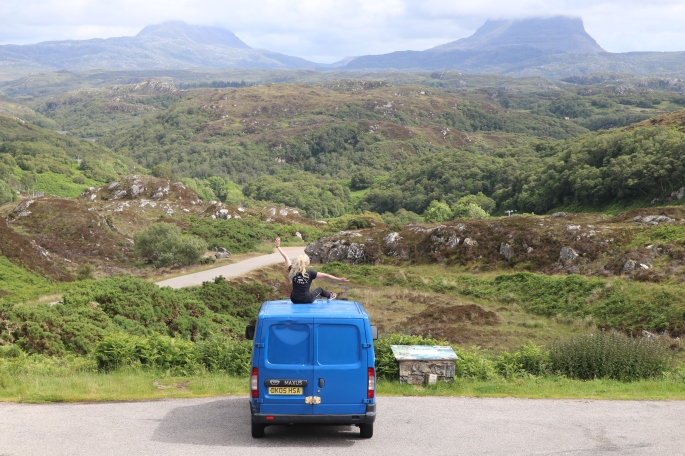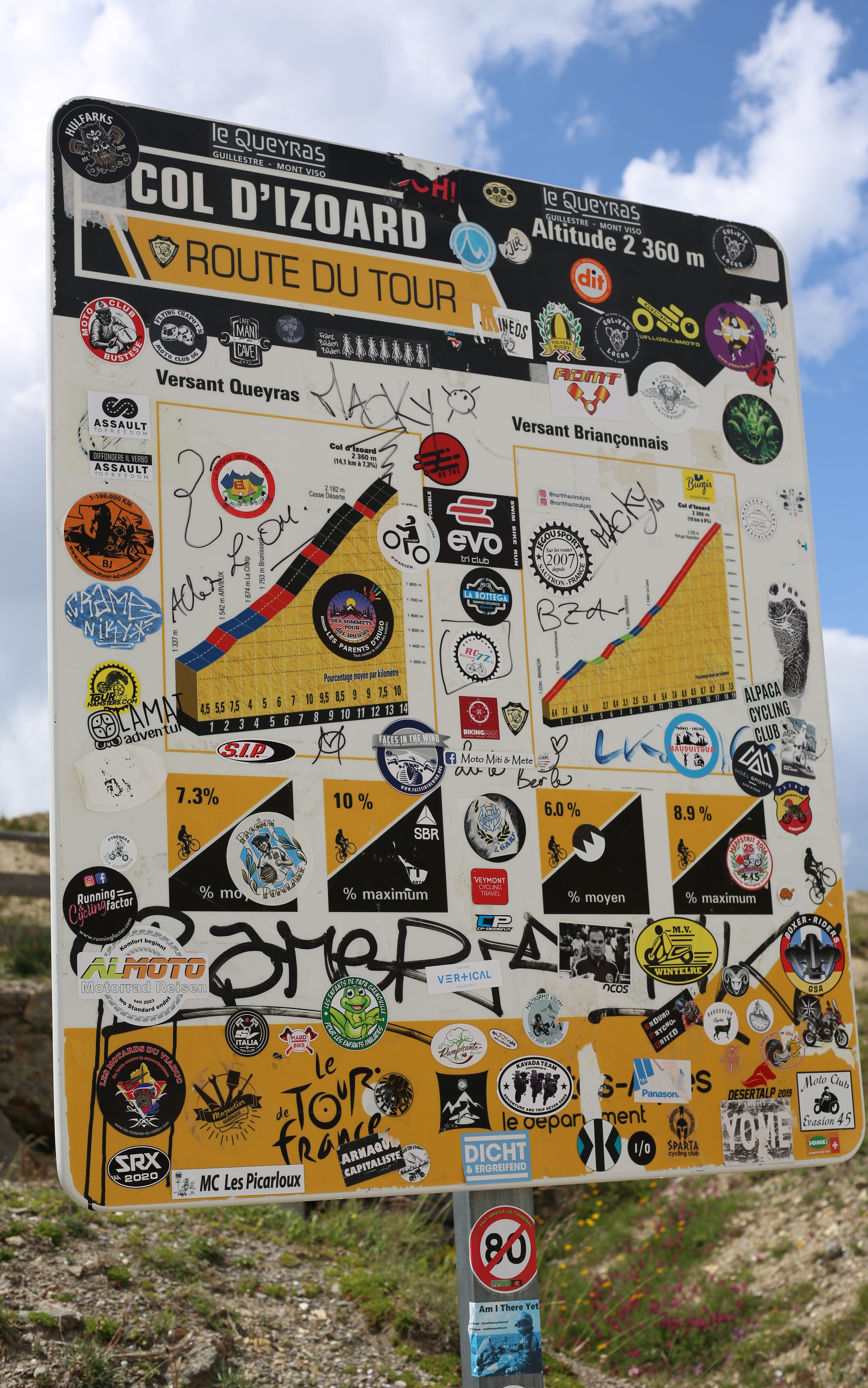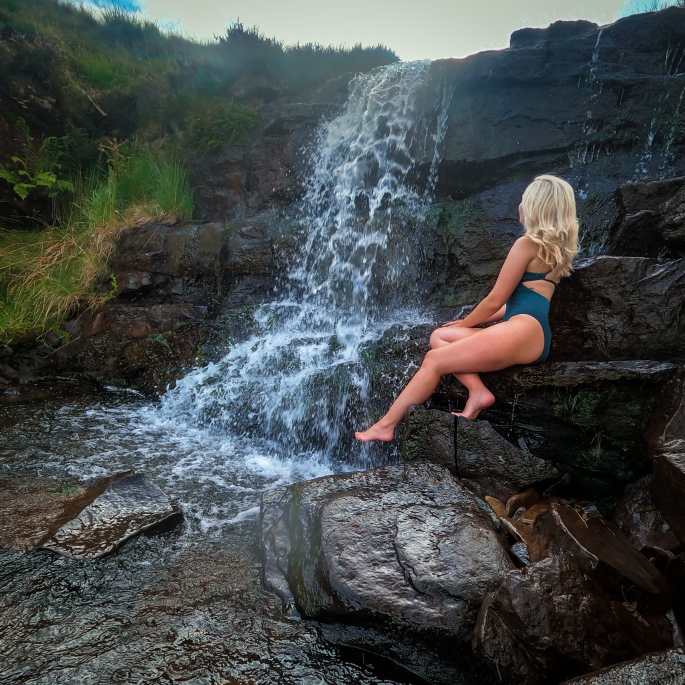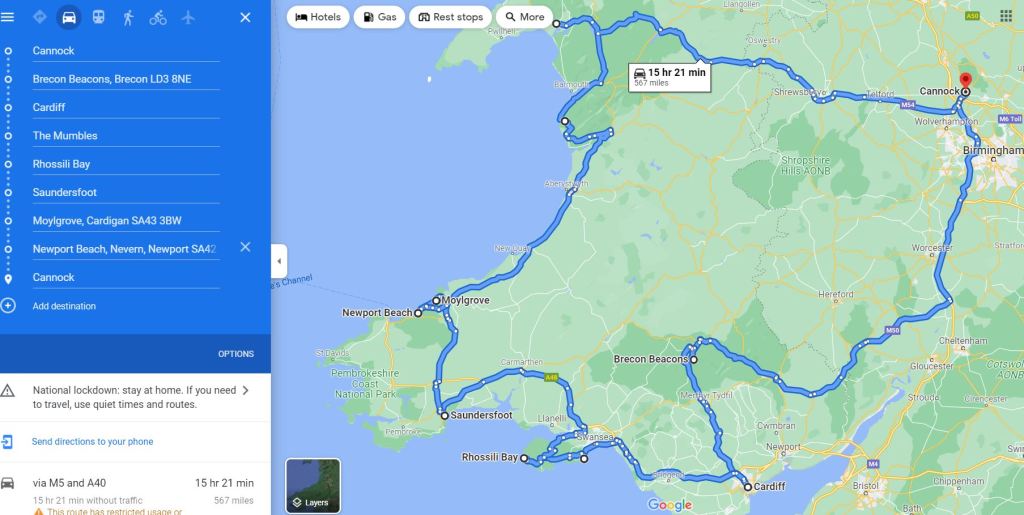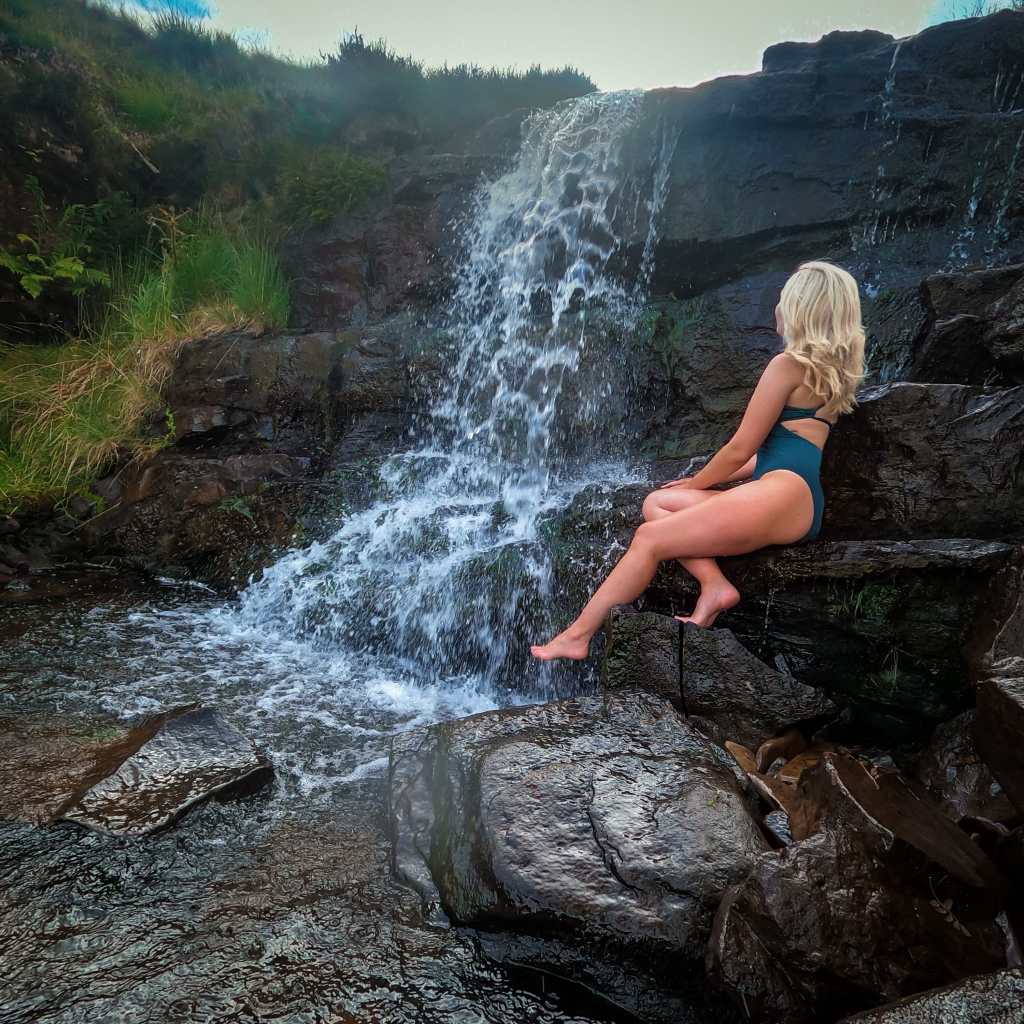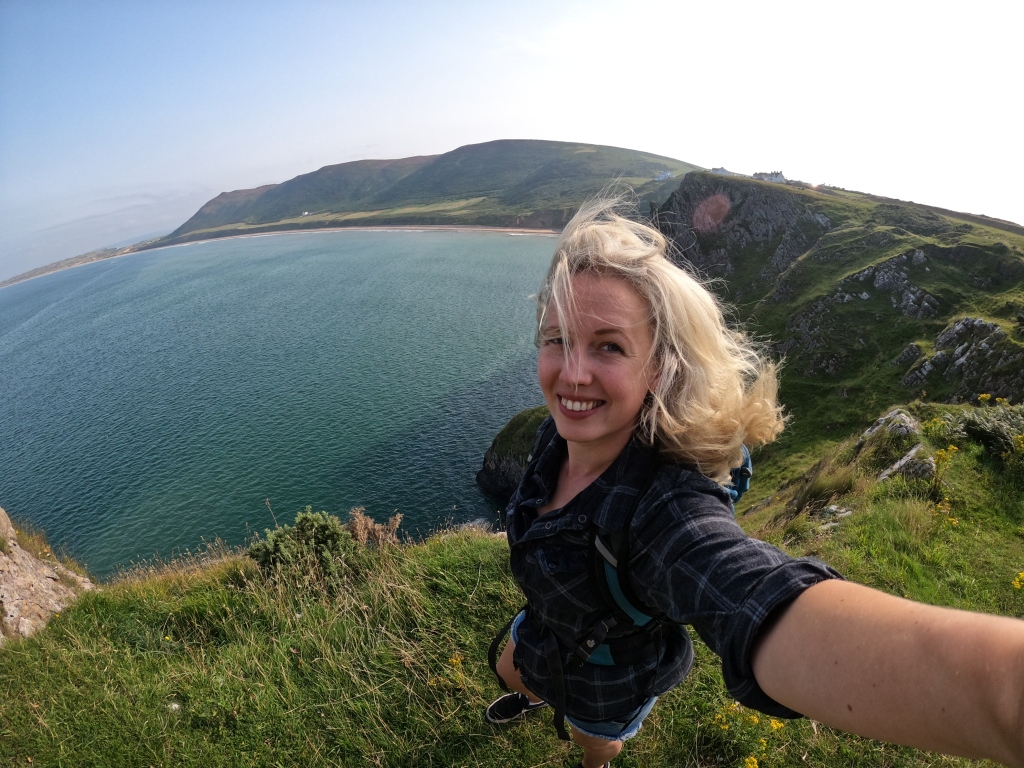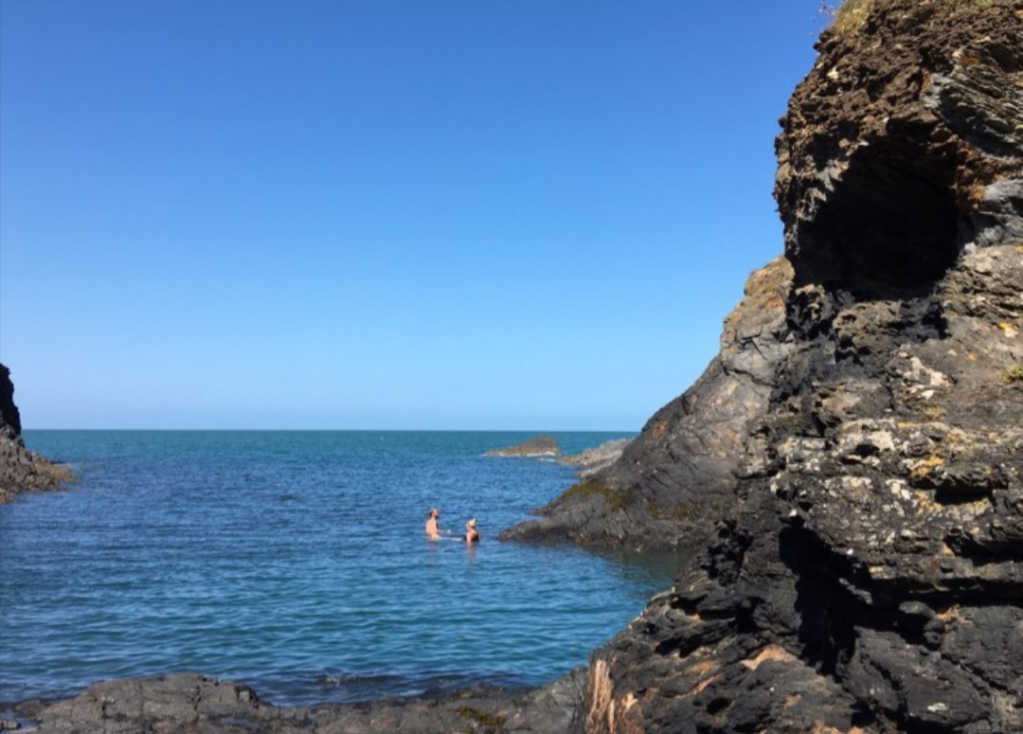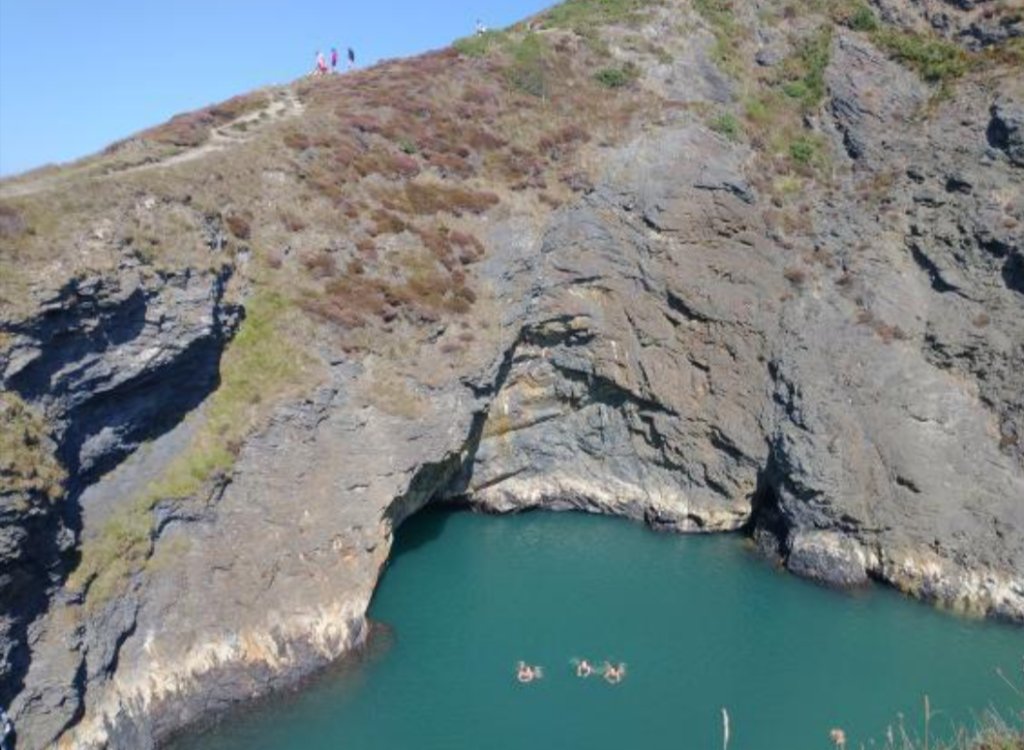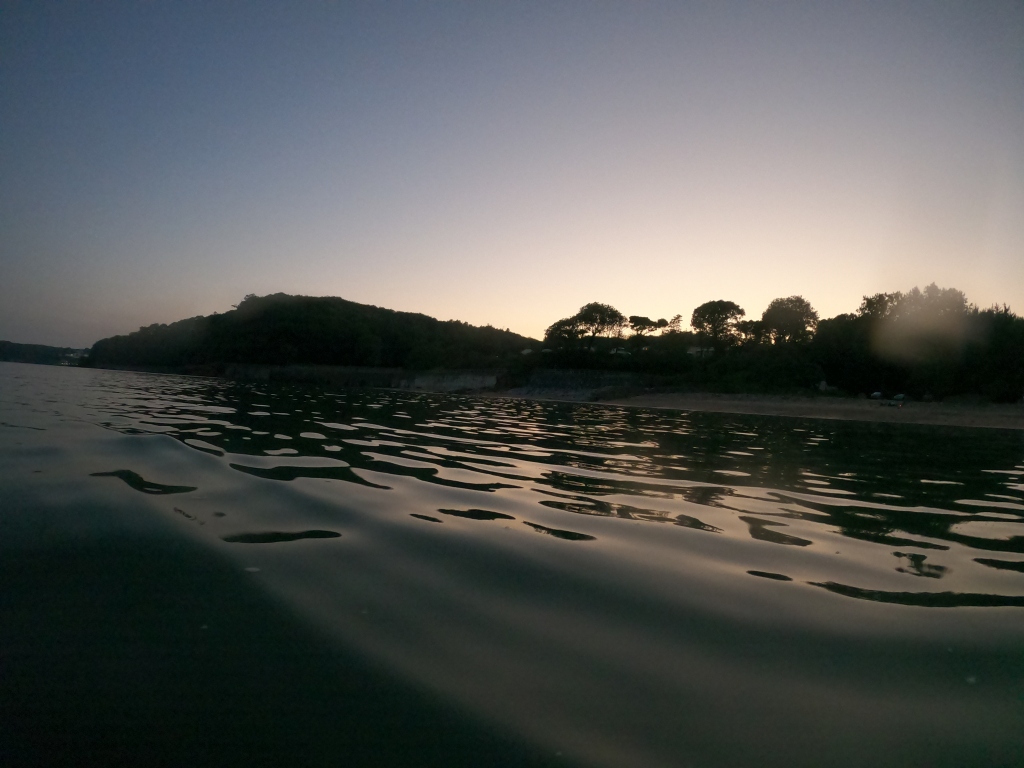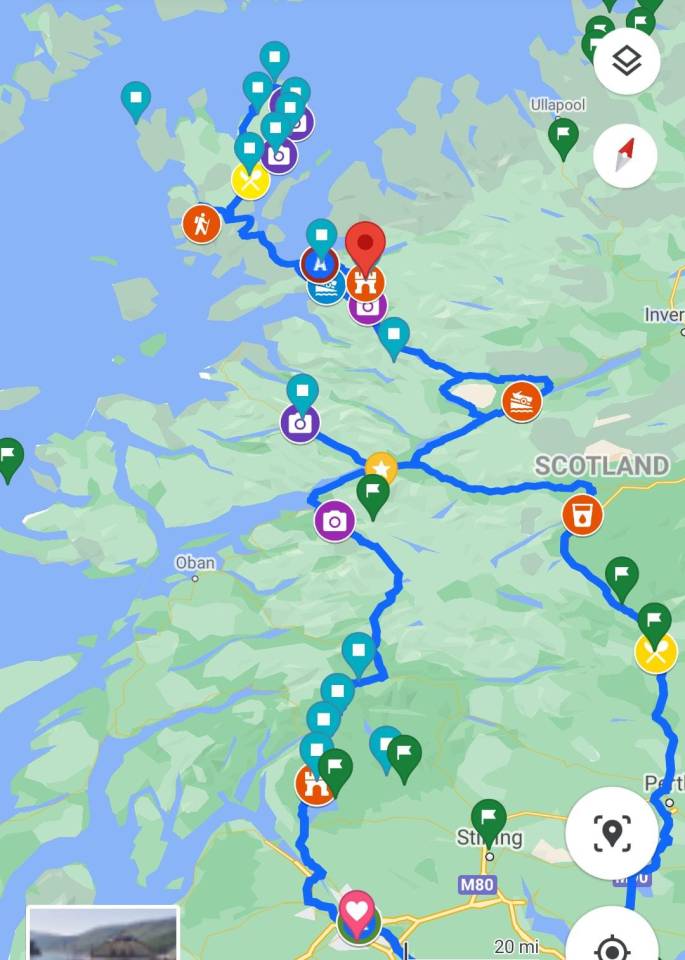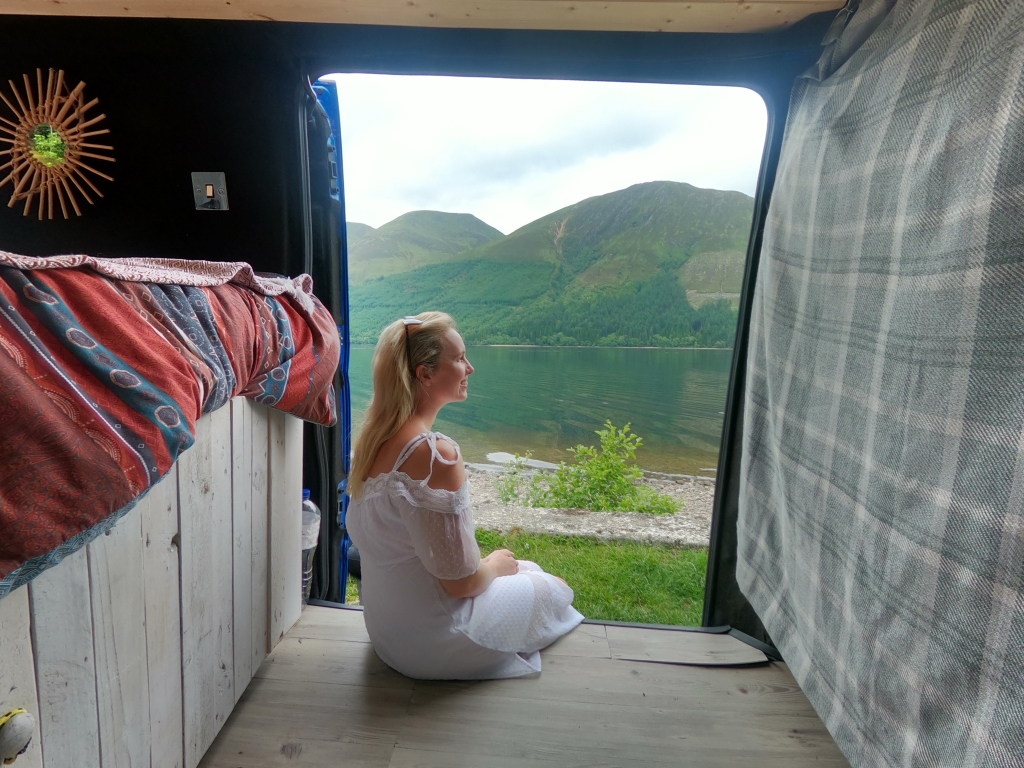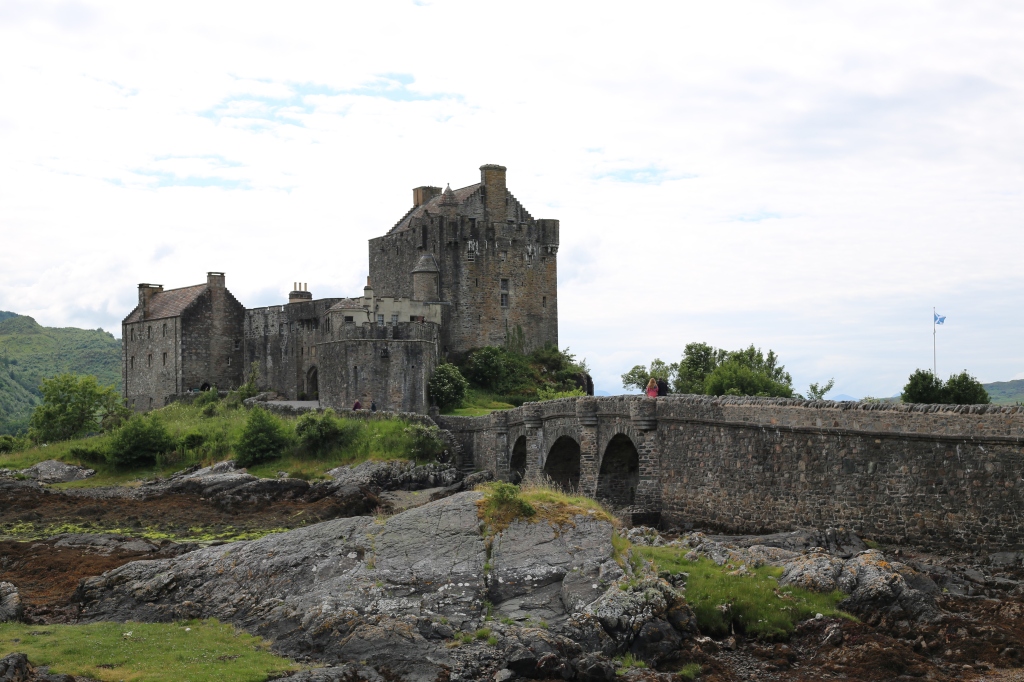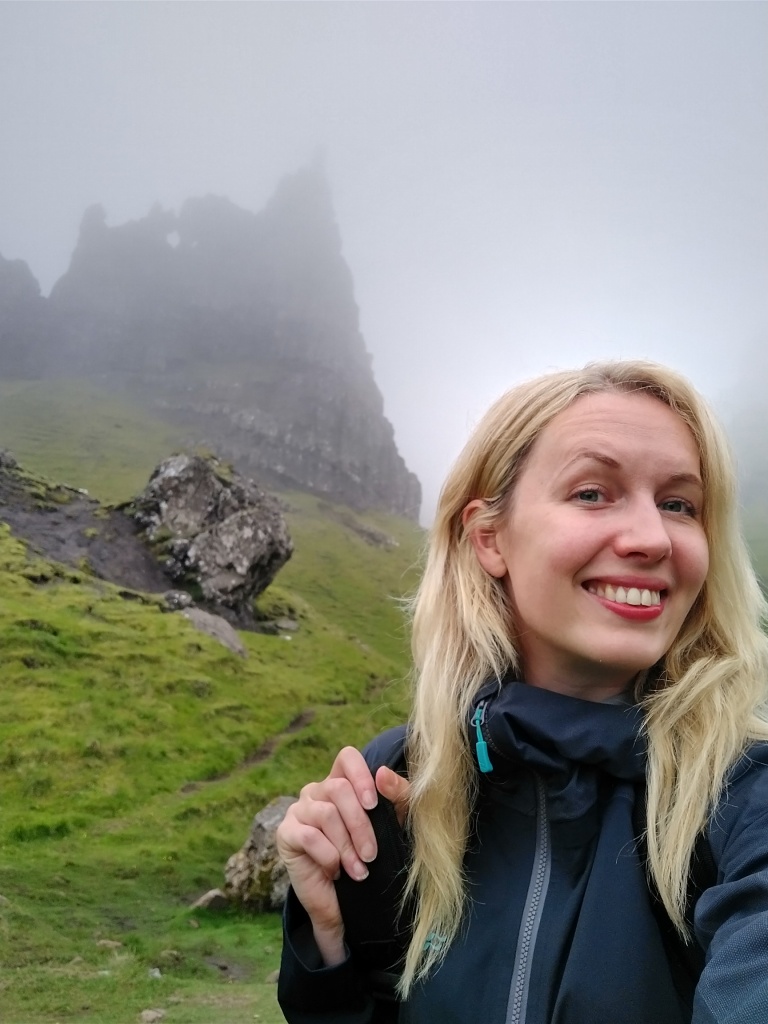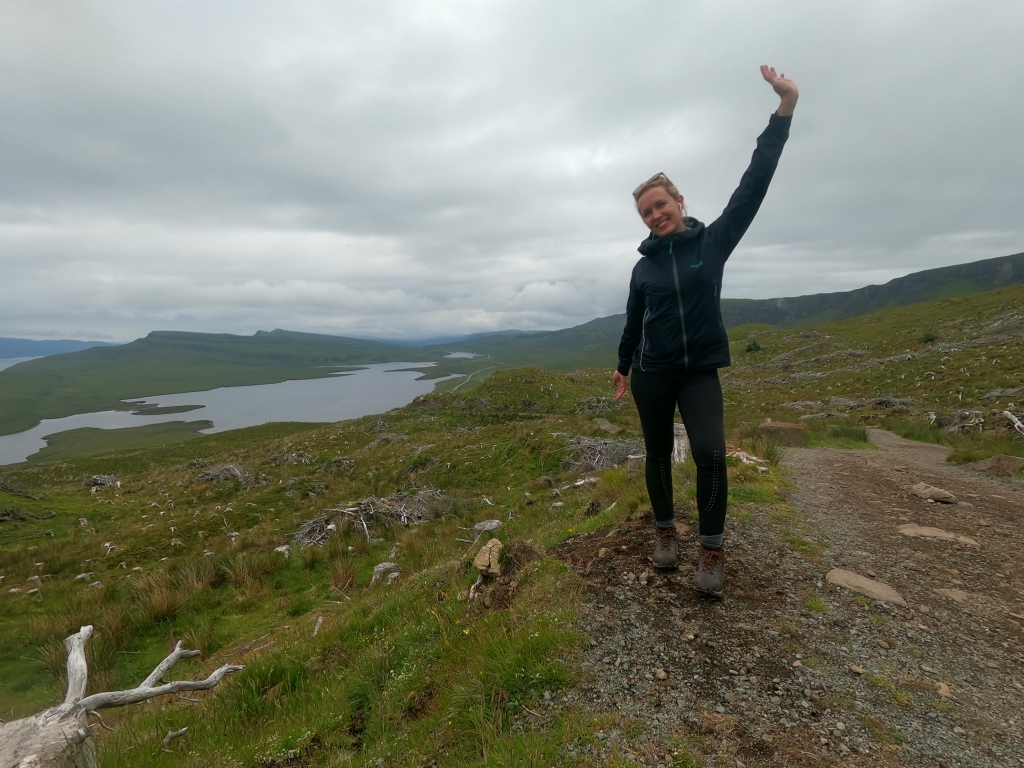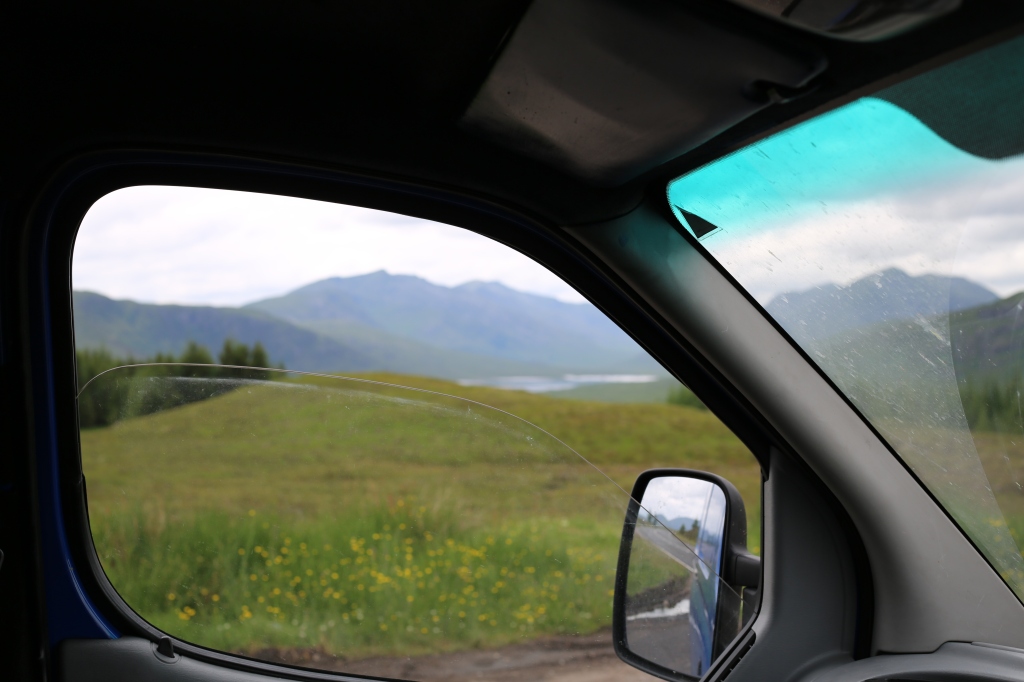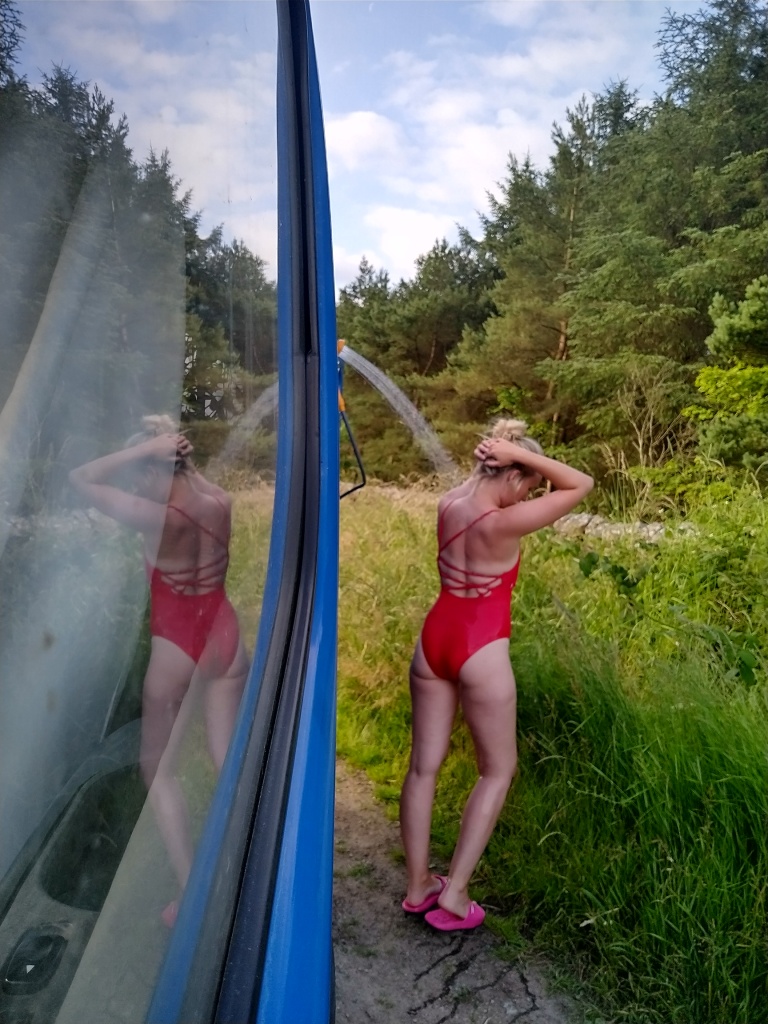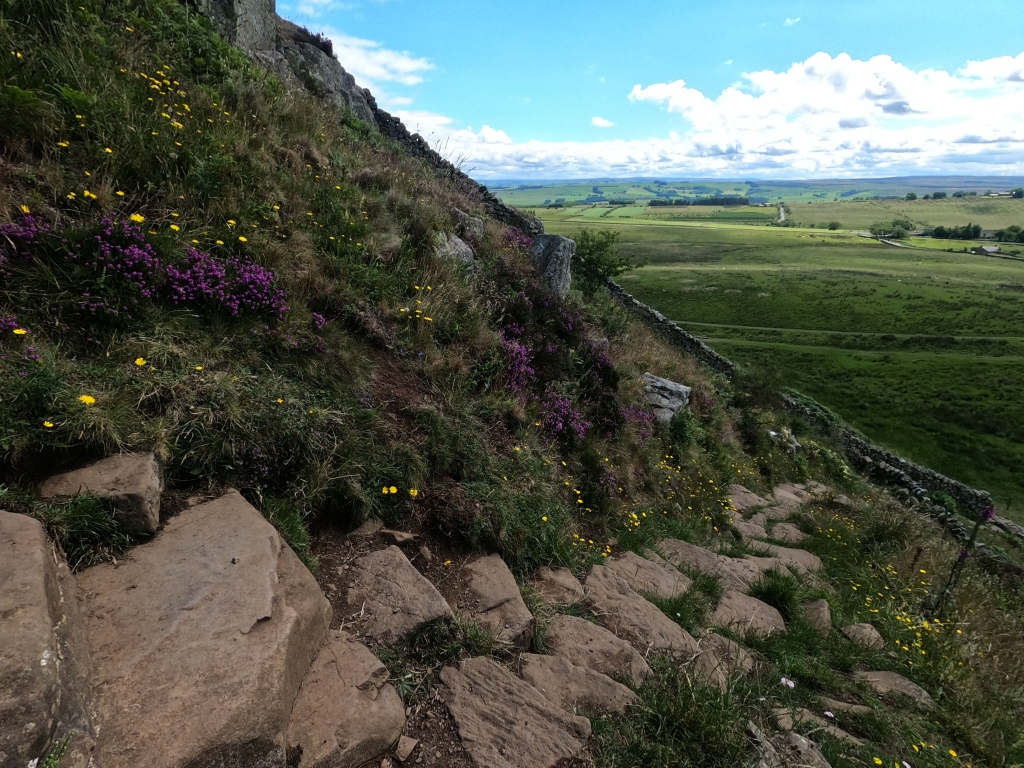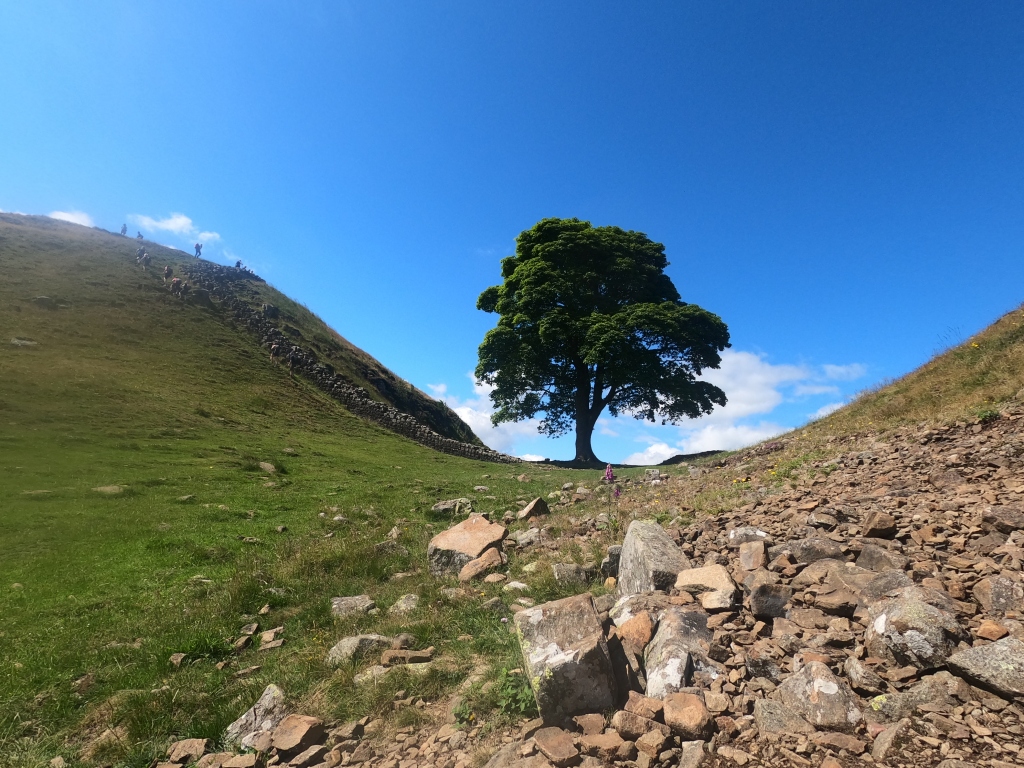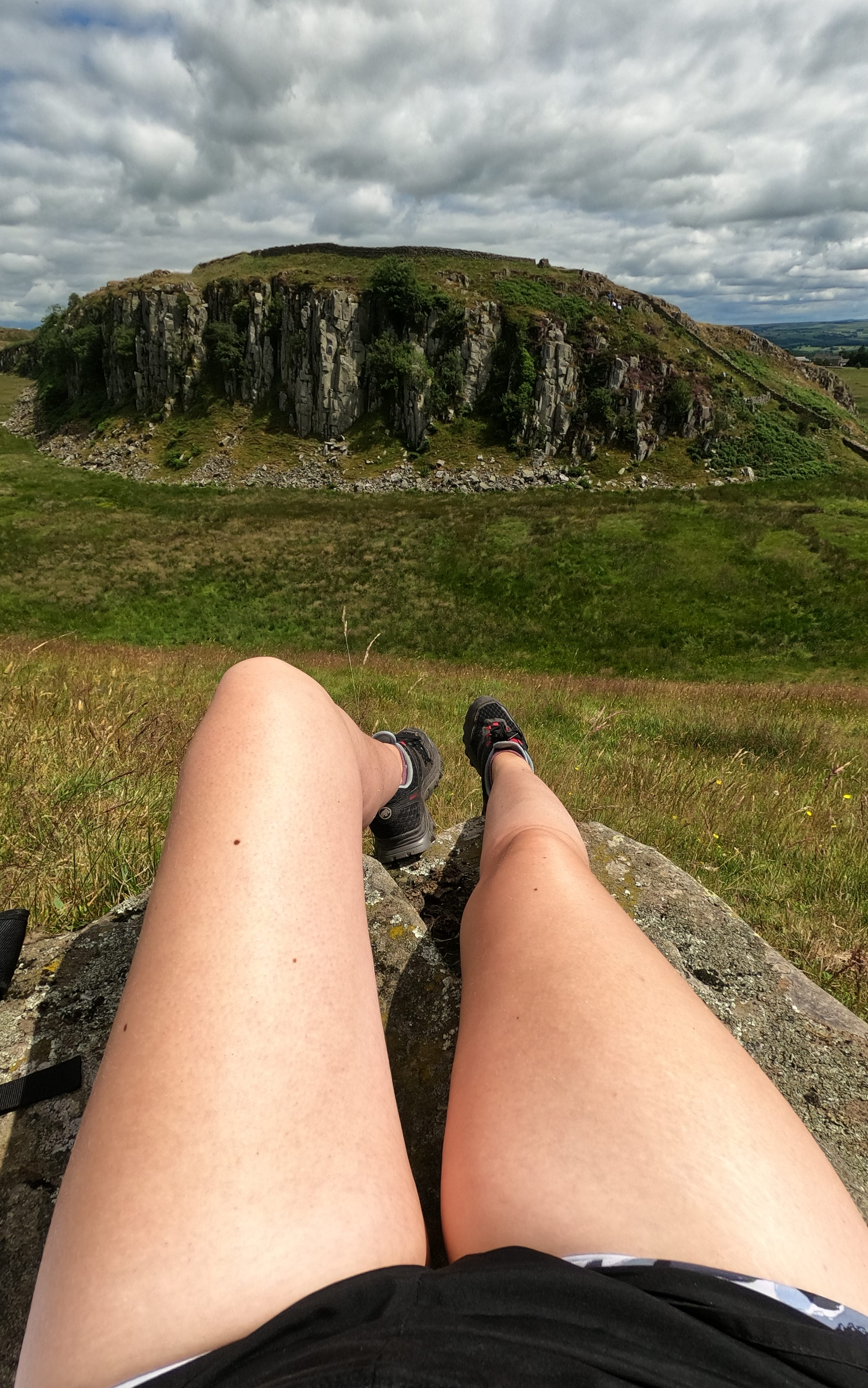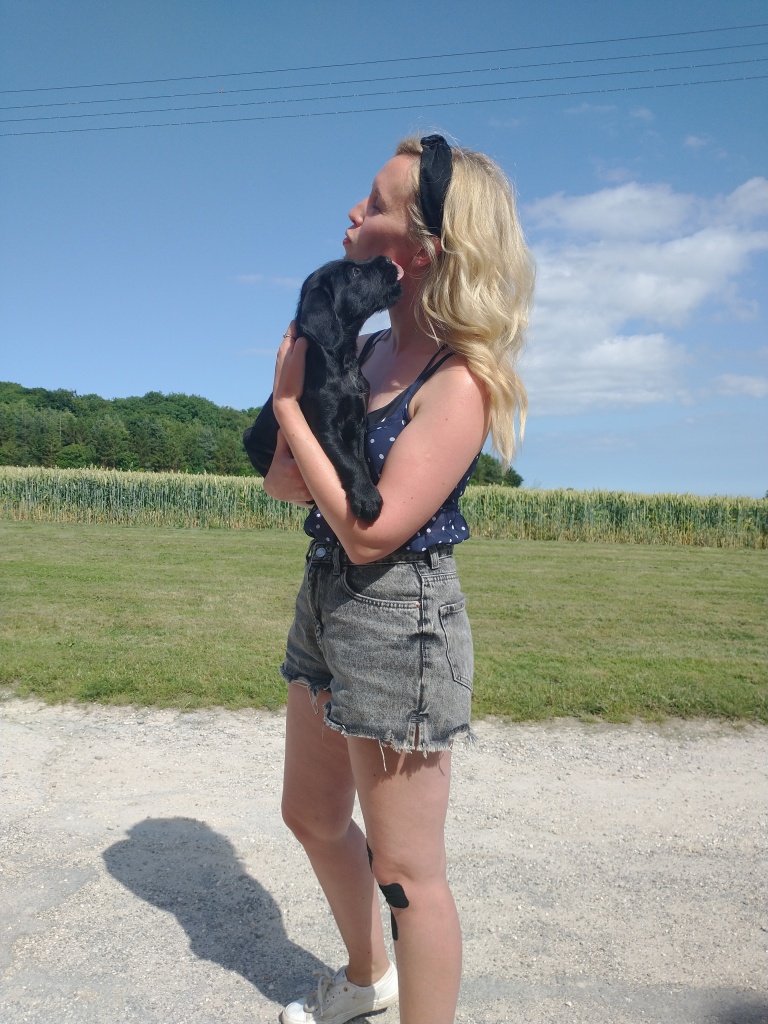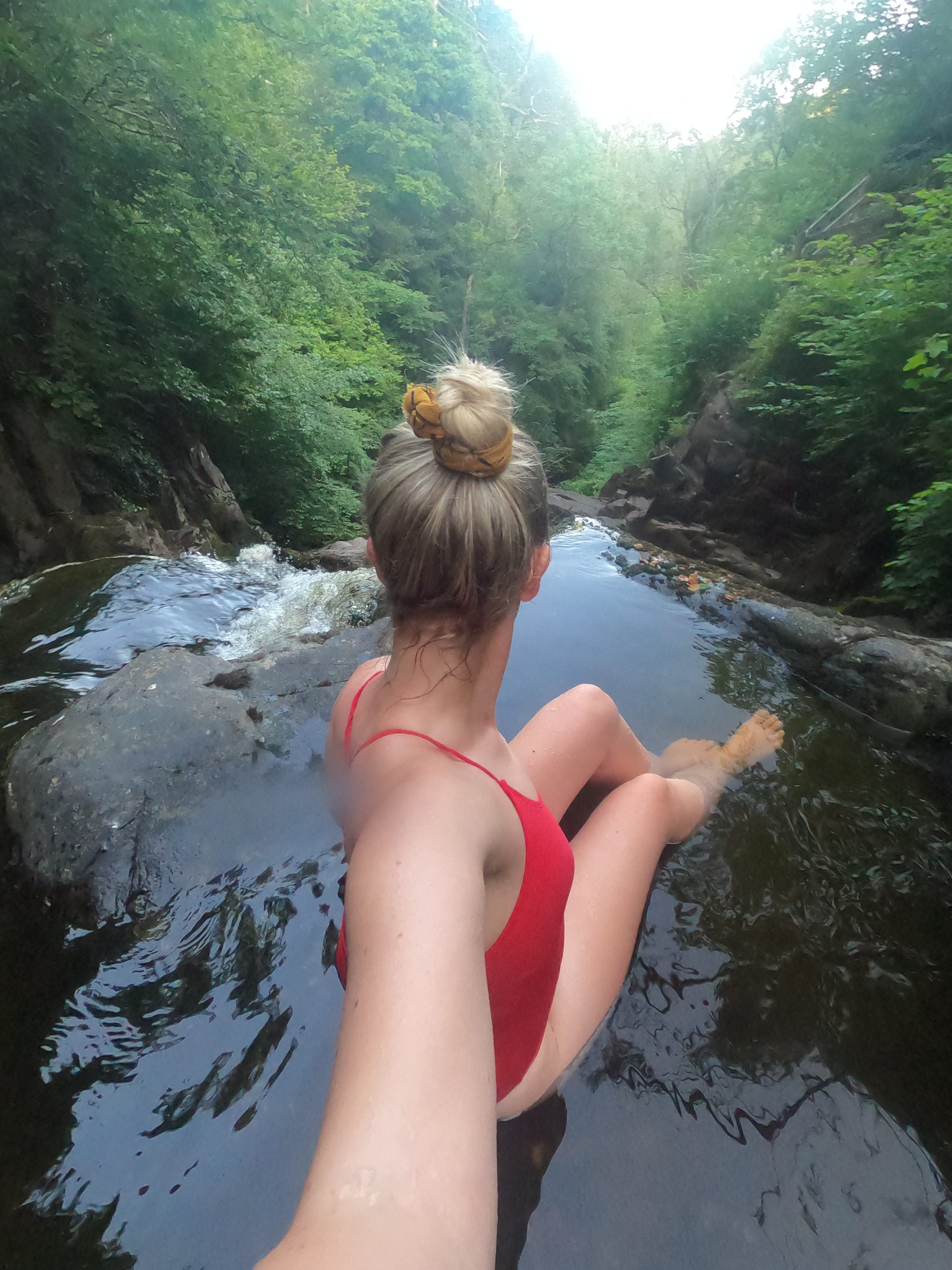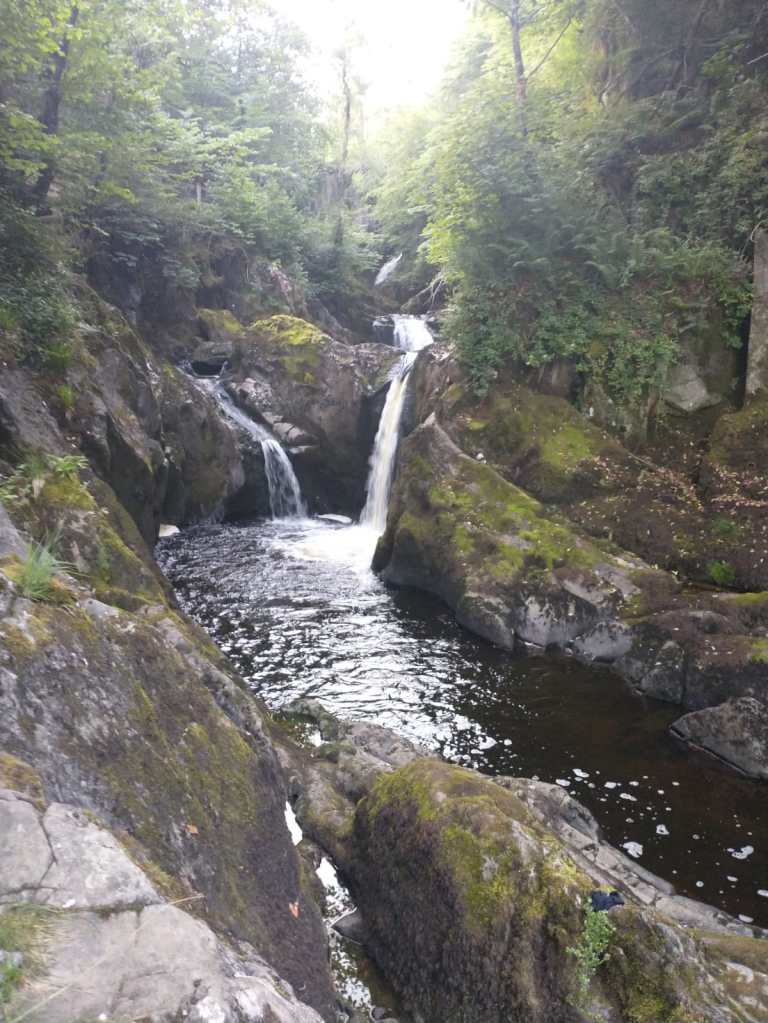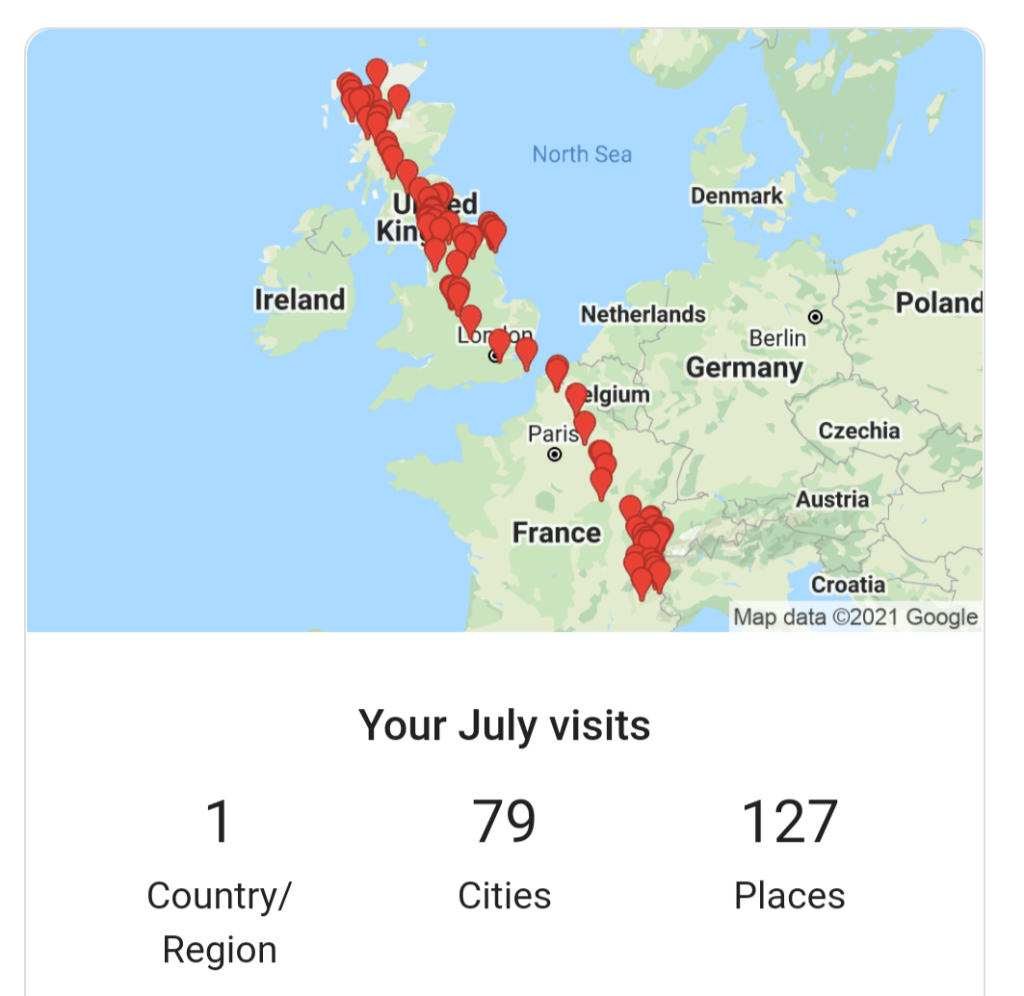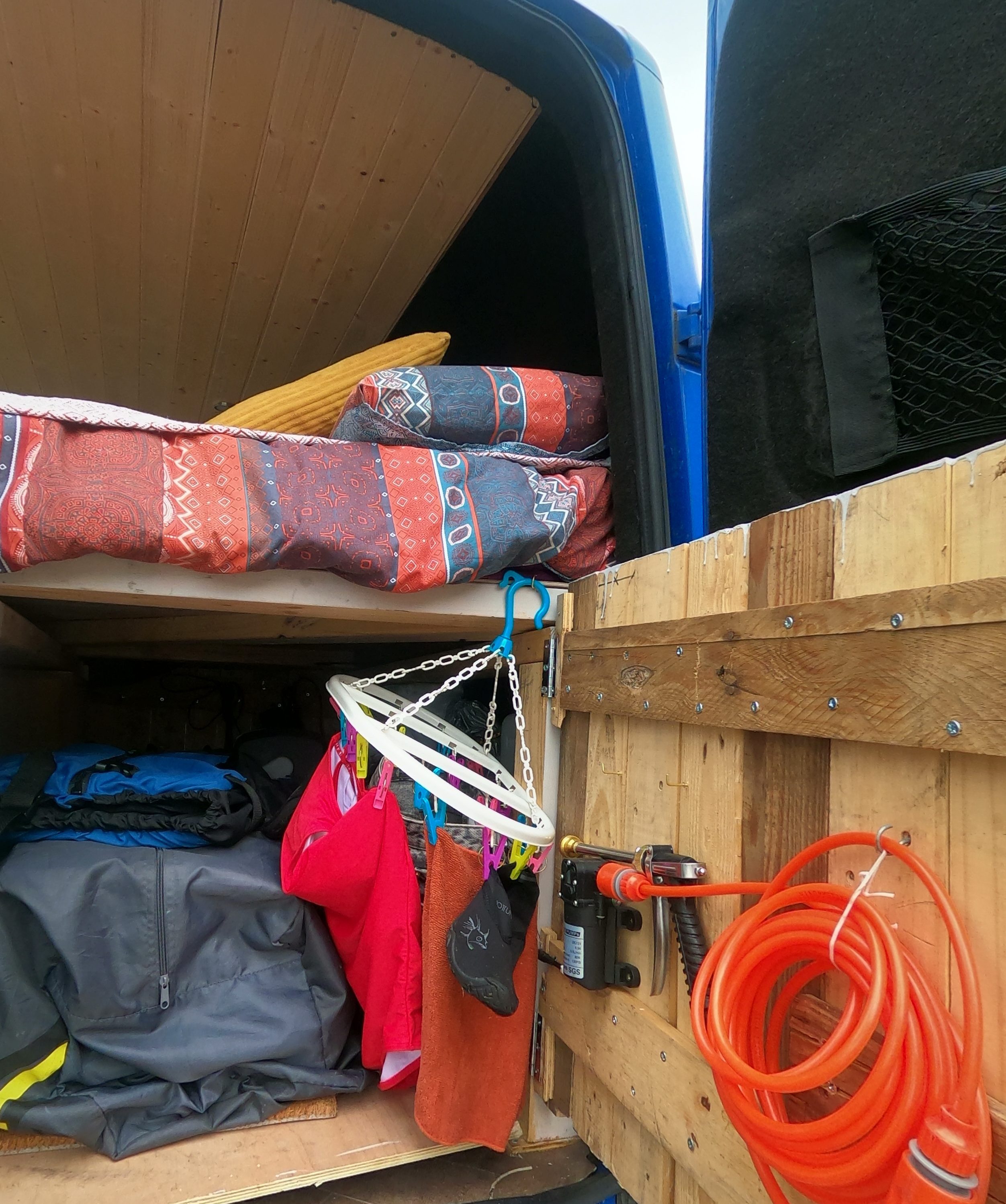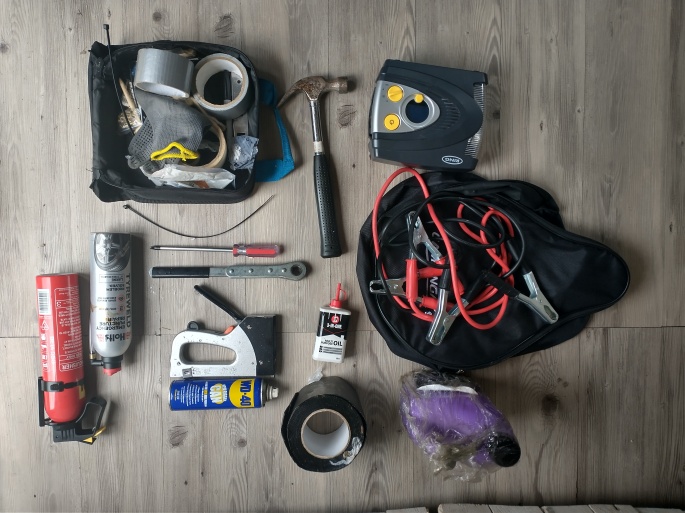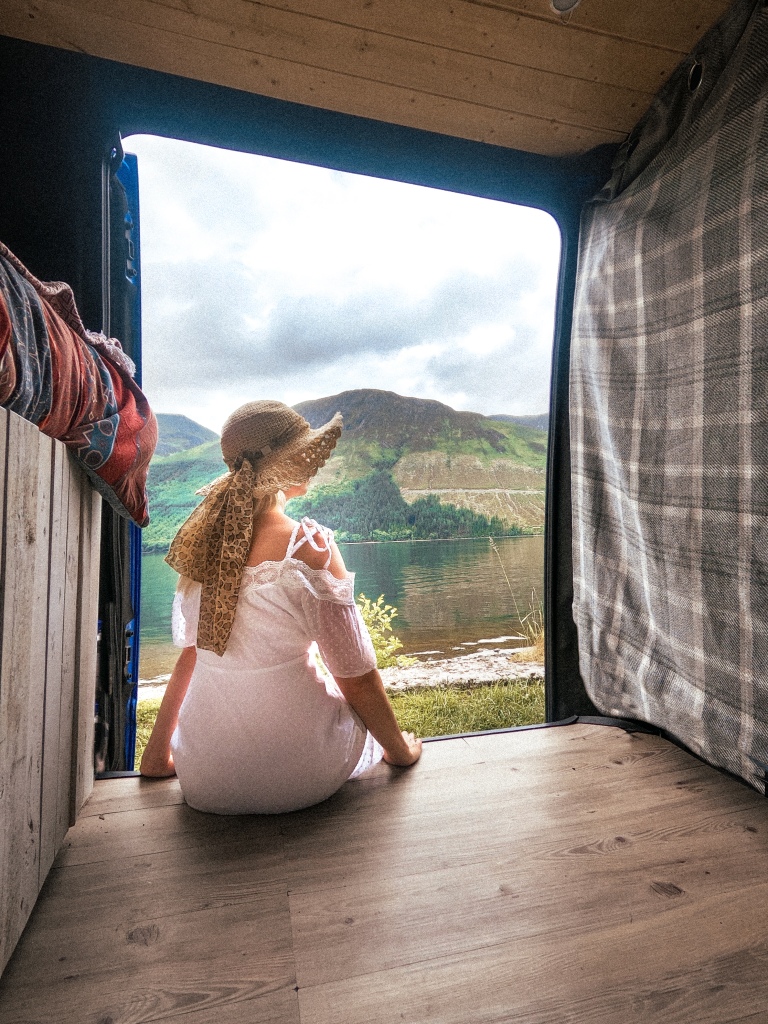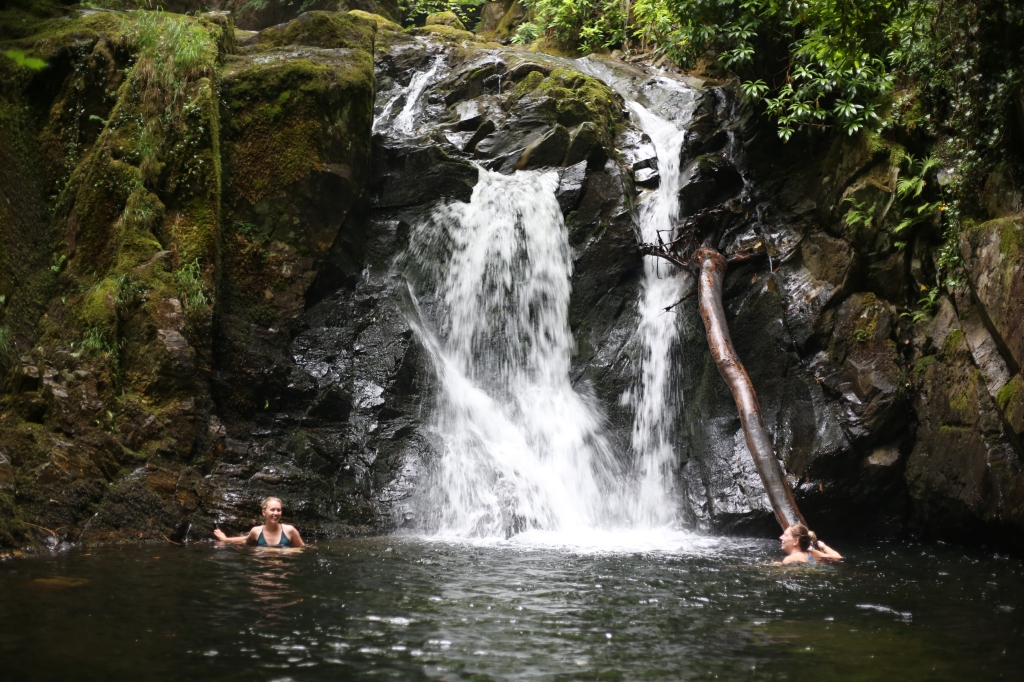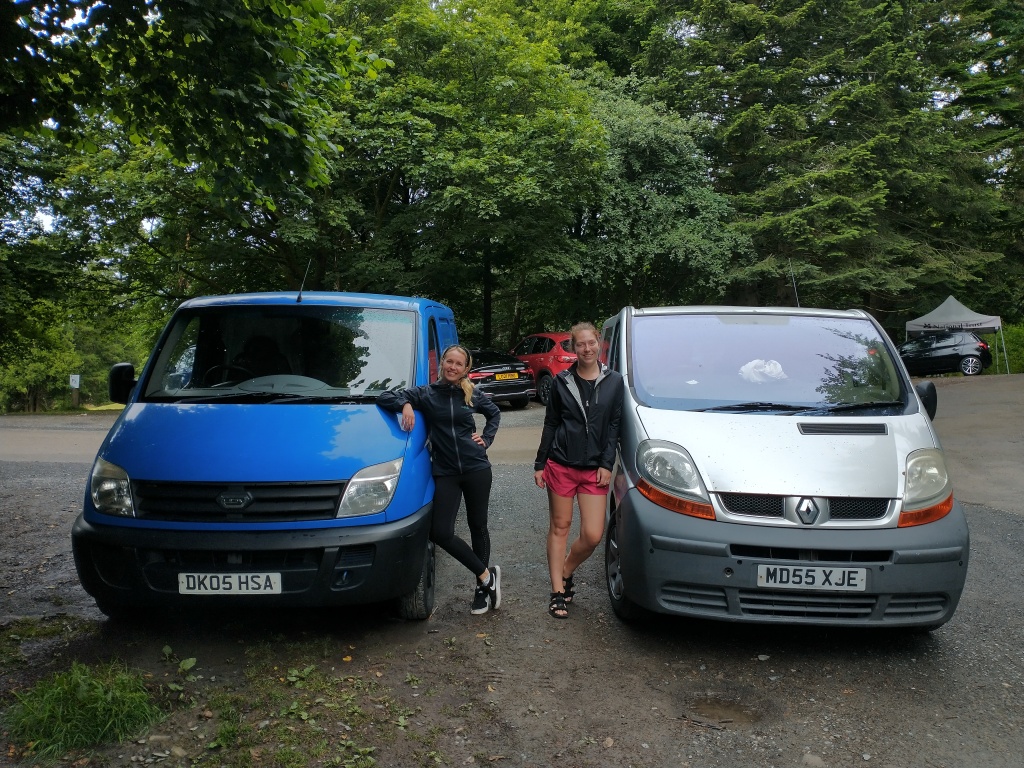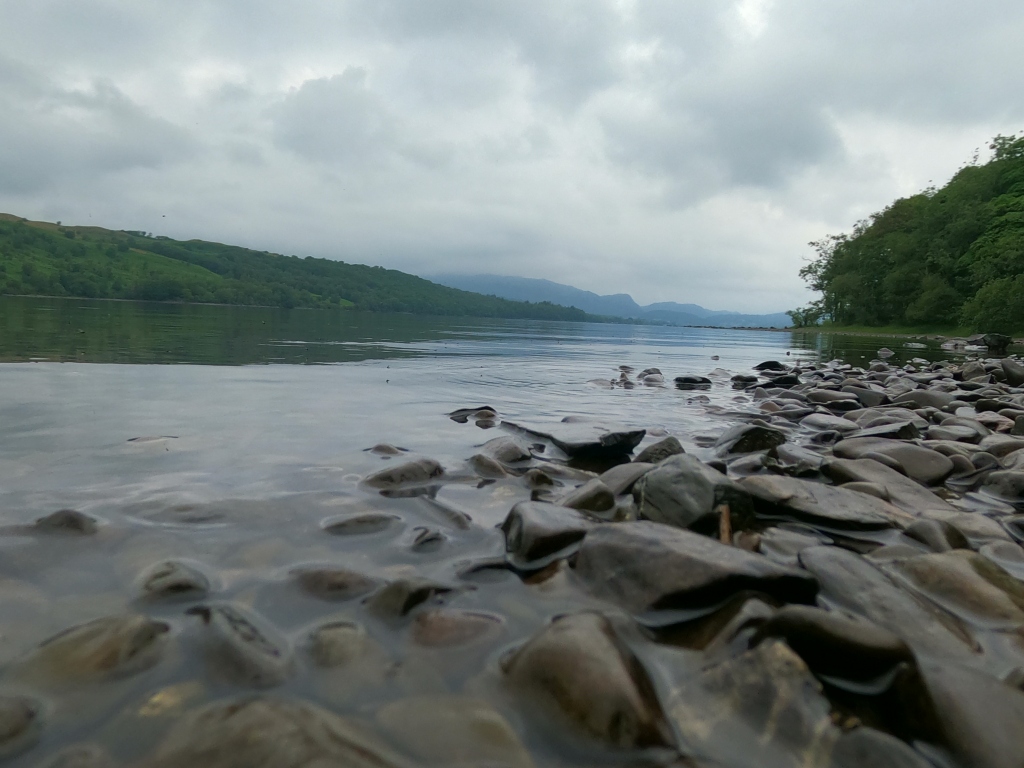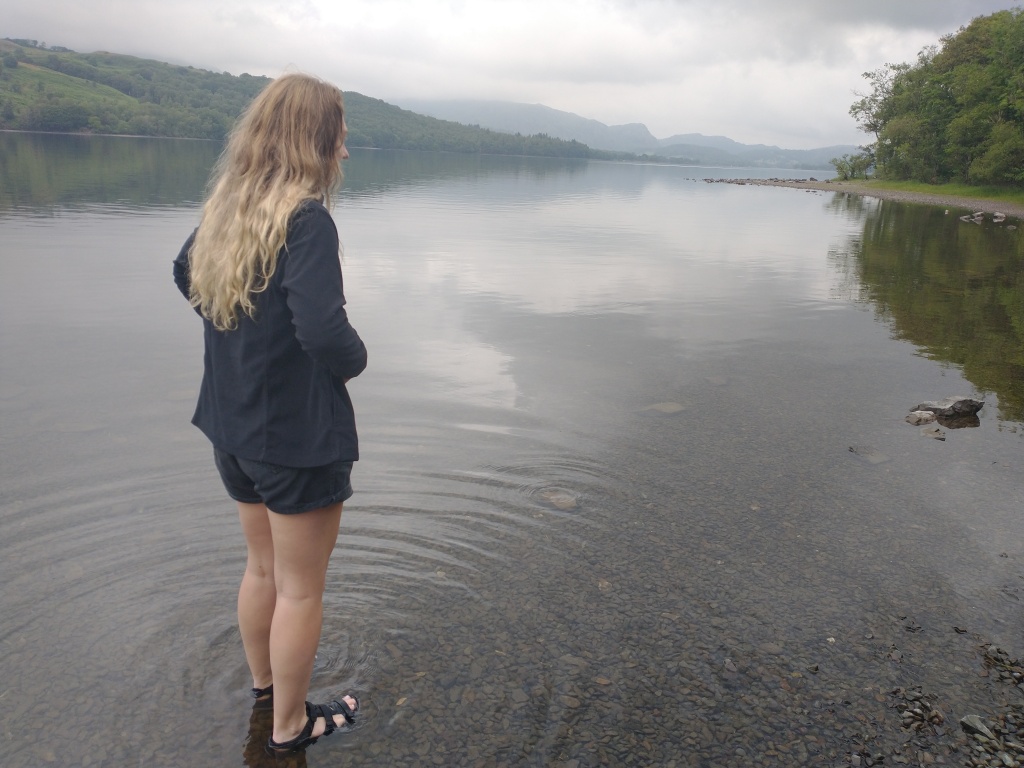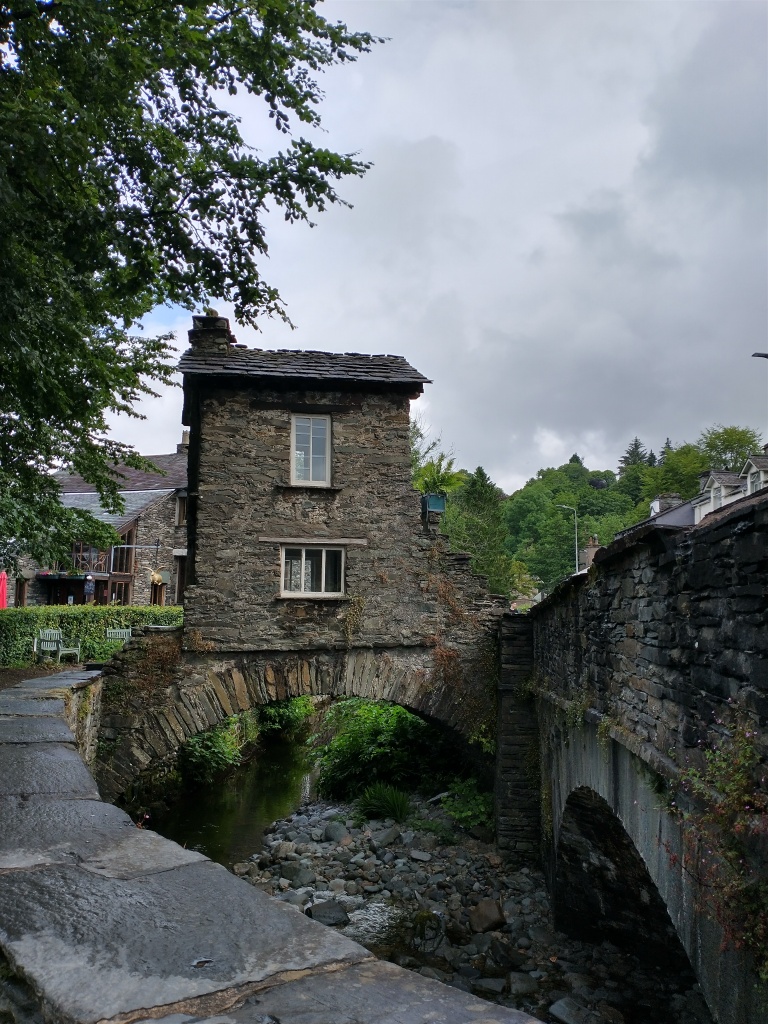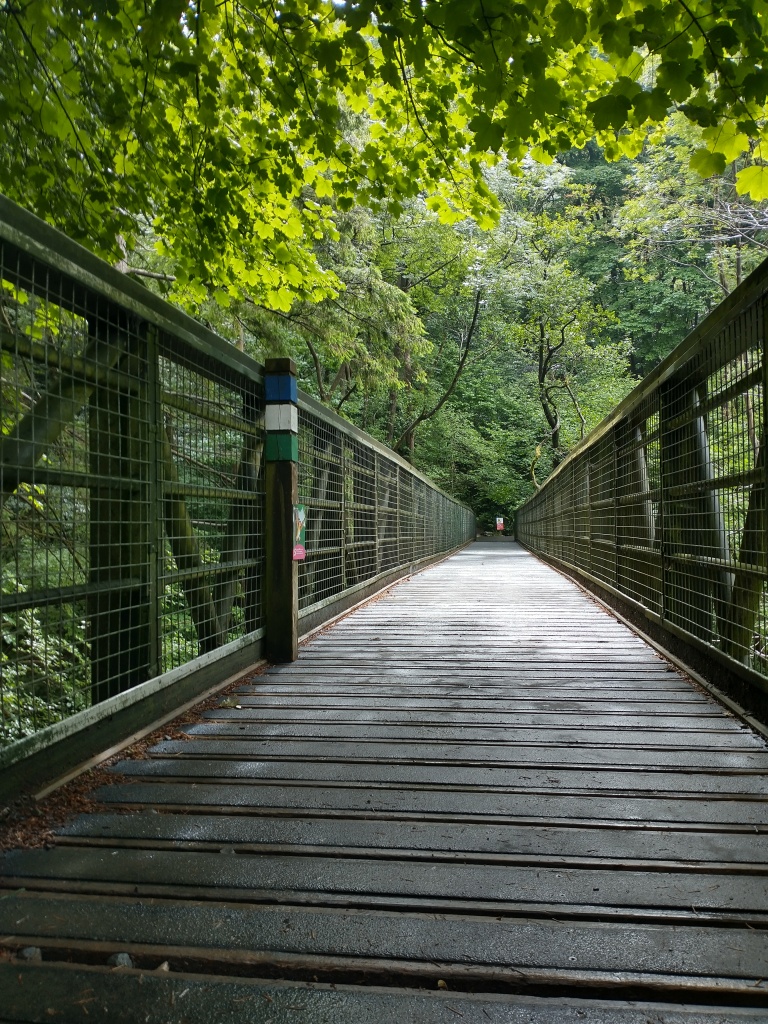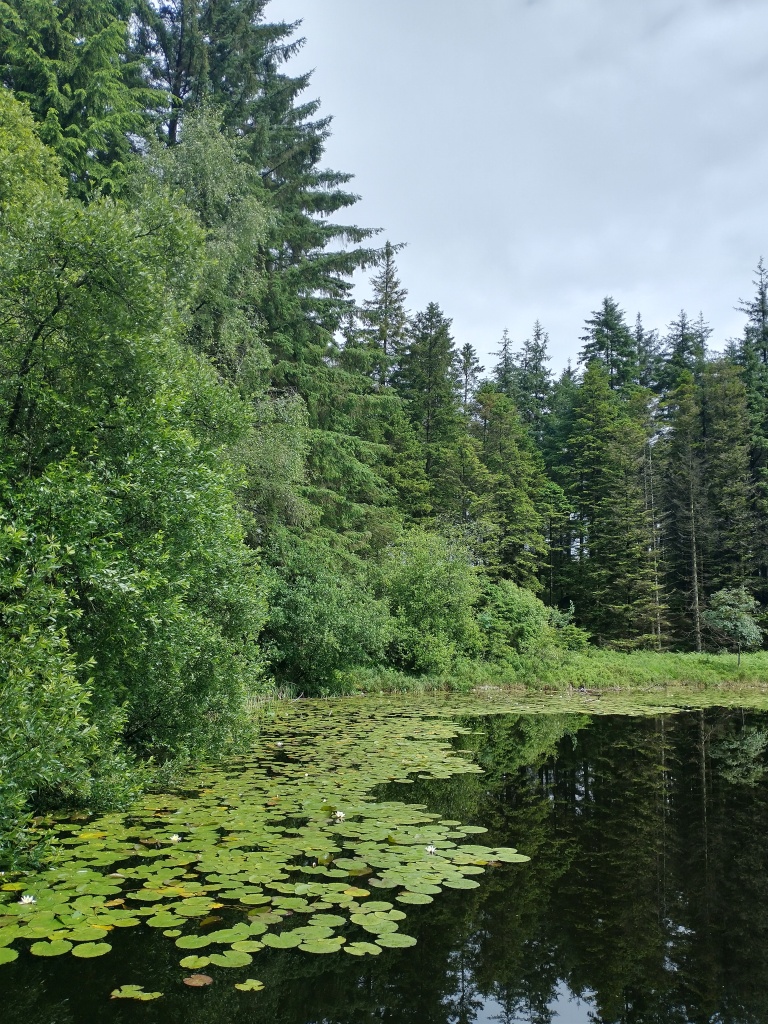
Building a van conversion typically involves several stages, each of which is important for the overall process. Here are the common stages involved in building a van conversion:
- Planning and Design.
- Define your goals and requirements for the van conversion.
- Determine the type of van that best suits your needs (e.g., cargo van, camper van, passenger van).
- Create a layout and floor plan for the interior, considering essential features like bed, kitchen, bathroom, storage, and seating areas.
- Plan the electrical and plumbing systems, as well as any other specific requirements you may have.
Striping and cleaning:

Stripping a van is an important step in preparing it for a van conversion. Here’s a step-by-step guide on how to strip a van:
- Empty the Van:
- Remove all personal belongings, seats, carpets, and any other loose items from the van.
- Dispose of or store items that you won’t be using in the conversion.
- Remove Interior Panels:

- Begin by removing any interior panels, such as side panels, ceiling panels, and floor coverings.
- Carefully pry off panels using a panel removal tool or a flathead screwdriver. Be cautious not to damage the panels or the van’s structure.
Remove the Headliner:
- If your van has a headliner, carefully remove it. It is usually held in place with clips, screws, or adhesive.
- Use a trim removal tool or a flathead screwdriver to gently detach the headliner from its fasteners.
Take Off Floor Coverings:
- Remove any existing floor coverings, such as carpets or rubber mats.
- Depending on the van, you may need to remove screws or adhesive to lift the floor covering.
Disconnect Electrical Components:
- Identify and disconnect any electrical components, such as lights, speakers, or auxiliary power outlets.
- Label wires or take pictures for reference if you plan to reuse or reroute any electrical connections.
Remove Excess Wiring and Accessories:
- Inspect the interior for any unnecessary wiring, brackets, or accessories that won’t be used in the conversion.
- Safely disconnect and remove these items to create a clean slate for your conversion.
Inspect and Clean:
- Inspect the van’s interior for any signs of rust, leaks, or damage. Address any issues before proceeding with the conversion.If you come across rust, treat it by using a wire brush to scrub the rust away and treat the spot with red oxiode then repaint.
- Clean the interior thoroughly, removing any dust, debris, or residue left from the stripping process.

Remember to work methodically and be cautious when removing components to avoid damage to the van or personal injury. It’s a good idea to document the removal process with photos or notes to assist you during the conversion phase.
Windows and Skylights
Time to make some holes in your lovely new van! is there anything more nerve wracking?! I cut into my sliding door to make a side window using privacy glass brought from from vanpimps.






Cutting a window into your van is a significant modification during a van conversion. Here are the general steps to help you cut a window:
Planning:
- Determine the desired location for the window in your van. Consider factors such as visibility, structural integrity, and the overall layout of your conversion.
- Measure and mark the exact dimensions of the window on the van’s exterior. Use a measuring tape, level, and a marker to ensure accuracy.
Safety Precautions:
- Before cutting, ensure you have the necessary safety equipment, including safety glasses, gloves, and a dust mask.
- Take into account any electrical wiring or plumbing that may be present near the window location. Turn off the power supply and disconnect any relevant components before starting.
Gathering Tools and Materials:
- Obtain the appropriate tools and materials for the job. You may need a jigsaw or reciprocating saw, drill, metal cutting blades, masking tape, and a pry bar.
- Consider using a window installation kit, which typically includes a window frame, gasket, and screws. I brought my kit from Vanpimps as a window fitting kit. This came with trim, adhesive and rust treatment.
Start by marking the Cut:
- Tape off the area around the marked window outline on both the interior and exterior of the van. This will help prevent paint chipping and provide a guide for cutting.
- Double-check your measurements and alignment to ensure accuracy.
Cutting the Opening:
- Begin cutting along the marked outline from the exterior side of the van. Use a jigsaw or reciprocating saw with a metal cutting blade.
- Take your time and follow the line carefully, ensuring smooth and precise cuts. Keep the saw at a slight angle to create a flared edge on the exterior side, allowing the window to sit flush with the van’s exterior.
Removing the Cutout:
- Once the initial cut is complete, go inside the van and remove any interior paneling or insulation that may obstruct the cutout.
- From the interior, carefully cut along the same marked outline to complete the opening.
- Use a pry bar or similar tool to gently remove the cutout section from the van.
Finishing:
- Smooth any rough edges or burrs around the cutout using a file or sandpaper.
- Clean the area to remove any debris or metal shavings.
Installing the Window:
- Follow the instructions provided with the window installation kit to prepare the window frame and gasket.
- Apply an appropriate sealant or adhesive around the window opening, following the manufacturer’s recommendations.
- Insert the window into the opening, aligning it properly with the van’s exterior.
- Secure the window frame to the van using the provided screws or bolts, following the manufacturer’s guidelines.
Remember, cutting a window into your van requires precision and caution. If you’re unsure about performing the task yourself, it’s advisable to consult a professional or an experienced individual to ensure the job is done correctly and safely.
Insulation and Soundproofing:

Install insulation to regulate temperature and minimize condensation. Common insulation materials include foam board, spray foam, or mineral wool.
Apply sound deadening materials to reduce noise and vibrations inside the van. This step is particularly important if you plan to use the van for traveling or living purposes.
To keep warm and cool it is important to apply insulation and ventilation to the van. I personally used a MaxxAirFan to the ceiling and an air vent in the toilet to allow for ventilation. For my insulation I used dodo matting for soundproofing, Celotex board for the insulation for the large side and wall panels and rock wool (Sheeps wool is better) for the smaller cavities. I used Therowrap to create a vapour barrier, and then I created a 2x 2 treated timber frame with noggins for support and applied 8mm ply boarding to the walls and 5mm to the roof.
To prevent damp I have also purchased dehumidifying crystal boxes, which can be stored in the shelves and under the bed. They work by trapping the natural moisture in the air from breathing and living in the van.
Electrical InstaLLation
Alongside soundproofing a good idea would be to now start laying cables for the placement of you sockets, switch and appliances. It may seem a long way off as a process, but by having the correct placement of your wires it saves having to mount your wires externally to the walls after you have finished them with carpet or cladding etc.
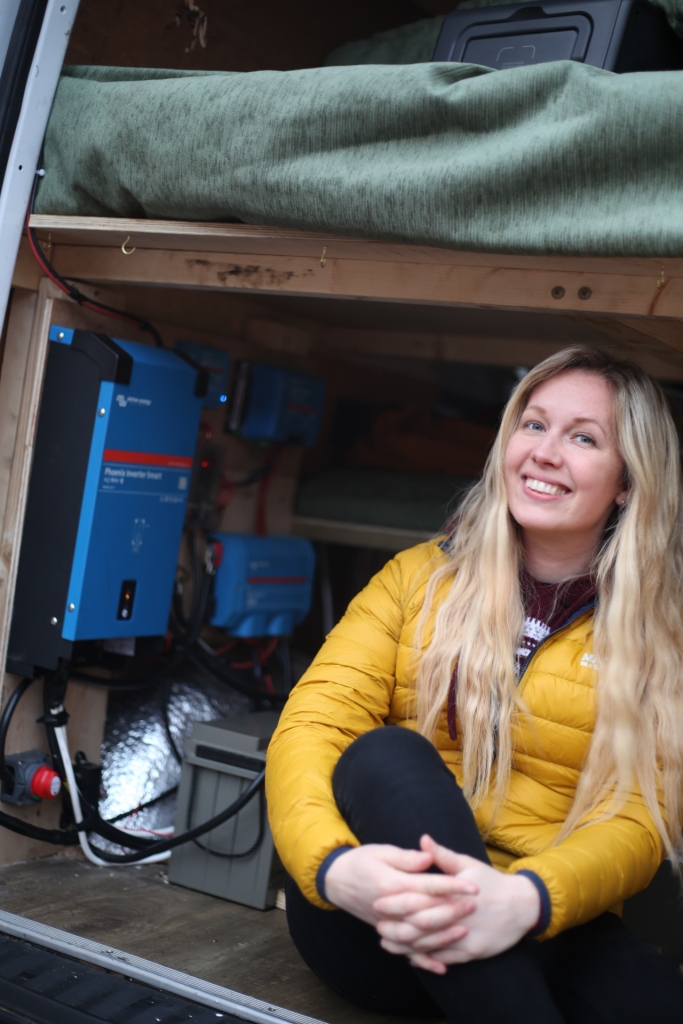
- Design the electrical system, including wiring, outlets, switches, and a distribution panel. I used a piece of ply to mount all of my main devices such as my invertor etc, as you can see the picture above. This is to help me keep the wires neat and tidy, and get to follow the connections if needed at any point and I won’t need to start ripping apart the carpet or panels to access them.
- Measure how much power you will need in the van by recording your hours of consumption and voltage of your devices and then calculate how much power you will need. Estimate your electronic usage and then you should be able to figure out if for example: If you would be better of with one or two leisure batteries along a split charge system where the van battery recharges your leisure batteries would be best.
- Research leisure batteries that will be suitable for your needs and budget. Lead lined batteries are cheaper and last a few years depending on their usage. However lithium batteries are lighter in weight and last longer, the catch is there are double to triple the price. When thinking about where to house them in your van make sure they are accessible and in a warm place as they don’t like to lye dormant or in the cold. I have used ply to create a framework to house my batteries so they don’t slide or move around and a ply breathable box to keep them ventilated and warm.
- Installing an electric solar power leisure battery system in a campervan can provide you with a renewable and independent source of electricity. Here’s a general guide on how to install such a system.
- Install lights, fans, appliances, and any other electrical components you plan.
- Gather Materials and Tools: I would recommend, crimpers, cutters, wire strippers, a multi boxes of lugs electrical tape, cable connectors of different sizes if you are using both 12v (2 core cables) or 240 ( 3 core cables) to save you money and time during the build ordering tool as you go and waiting to complete jobs when they arrive!
- Solar panels: Choose panels with the appropriate wattage to generate enough power for your needs. Monocrystalline or polycrystalline panels are commonly used. The bigger roof the more roof for power you can have.
- Charge controller: Select a controller that matches the voltage and current rating of your solar panels and battery.
- Inverter (optional): If you need to power AC devices, choose an inverter with the appropriate wattage rating . Fore example most household devices run from 800w to 1800w for things like a kettle or hair dryer.
- Wiring and connectors: Ensure you have the necessary cables, fuses, connectors, and terminals for your specific setup. I made all my cables from scratch cutting each piece of wire then crimping a lug loop on the end, wiring and testing the connection. This was extremely time consuming but cost effective.
- Mounting hardware: Depending on your preference, you may need brackets, adhesive, or other materials to mount the solar panels. Amazon was my go to for anything like z shaped mounting brackets.
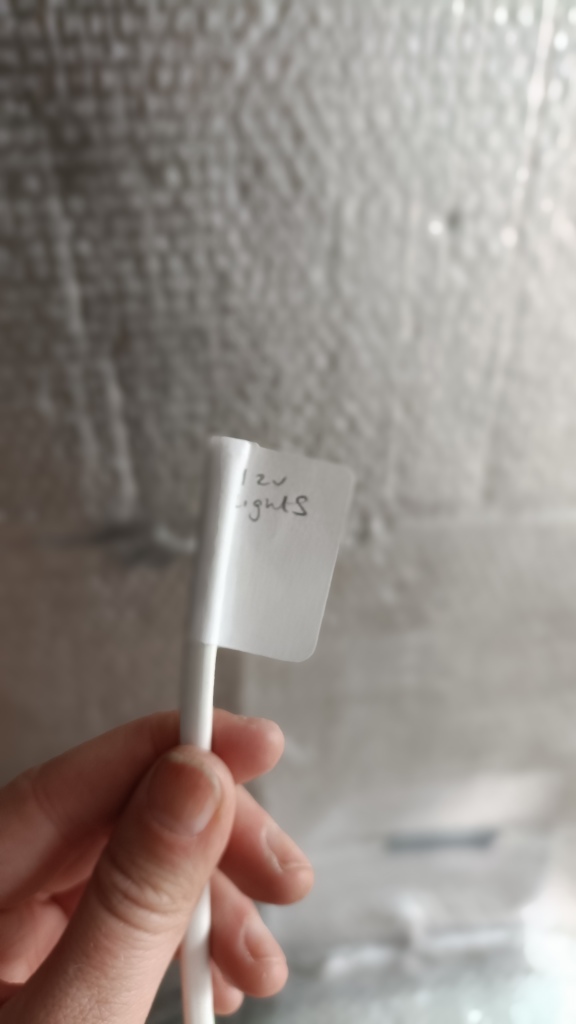
Plan the System:
- Determine the optimal location for mounting the solar panels on the roof of your campervan, considering factors such as sun exposure, clearance from obstacles, and aerodynamics.
- Plan the wiring routes from the solar panels to the charge controller, battery, and other components like a fuse box panel and you need a master off switch by the earthing points. For me I just used the metal of the van chassis and rubbed the paint off as a contact point and attached a bolt to connect it to.
- I felt really underconfident about how to plan my wiring system and what components I would need. I used TinyBuilds Electrical Company. I had a 1 to 1 consolation with Tom, who created a consultation of my average electrical usage. He then designed a bespoke wiring diagram for me and gave me a list of components that suited my budget. After another consolation in which Tom advised me on how to install the system, he made me feel confident to order all my components which came quickly and by signed delivery quickly. I was then added to a support network of customers who have also installed their own systems and share advice tips as on going support and free consultation network. I would really recommend Tiny Builds as as an expert consultation service and to assist in ordering high quality components from registered companies like Victron as their official UK provider.
- Install Solar Panels:
- Clean the mounting area on the roof and ensure it is free from any obstructions or debris.
- Mount the solar panels using the appropriate hardware, ensuring a secure and waterproof installation.
- Connect the solar panels in series or parallel, depending on the voltage and current requirements of your system.
- Install Charge Controller and Battery:
- Mount the charge controller near the leisure battery, ensuring proper ventilation and access for wiring.
- Connect the solar panels to the charge controller, following the manufacturer’s instructions.
- Connect the battery to the charge controller, ensuring correct polarity and using appropriate fuses or breakers for safety.
- Wiring and Connections:
- Route the wiring from the solar panels to the charge controller and battery, securing the cables using suitable clips or cable management solutions.
- Use appropriate wire gauges based on the current and distance of the cable runs to minimize voltage drop.
- Connect the wires using crimp connectors, soldering, or other reliable methods.
- Install fuses or circuit breakers in the wiring to protect the system from overcurrent situations.
- Optional: Install Inverter and AC Power Outlets:
- If you plan to power AC devices, install the inverter near the leisure battery and connect it to the battery terminals.
- Run appropriate gauge wiring from the inverter to AC power outlets or devices, ensuring proper grounding and following safety guidelines.
- Test and Inspect:
- Test the system by exposing the solar panels to sunlight and monitoring the charge controller’s status and battery voltage.
- Verify that the battery is charging properly and that the charge controller is regulating the charging process.
- Check all connections for tightness and ensure there are no loose or exposed wires.
- Secure and Protect:
- Secure loose components, ensure proper insulation and protection of the wiring, and make any necessary adjustments or modifications.
- Consider using cable management solutions and grommets to protect the wiring from chafing and exposure.
- Always follow safety guidelines, consult manufacturer instructions, and adhere to local regulations when installing an electrical system in your campervan. If you’re unsure about any aspect of the installation, it’s recommended to seek the assistance of a professional electrician or someone experienced in solar power installations.
Plumbing System

Design and install the plumbing system, which may include a water tank, sink, faucet, shower, and toilet (if desired). I have a waste tank mounted to the underneath of my van which has two pipe and trap connections to my sink and shower tray. Collecting all the waste water and catching and storing it in a 30L tank. My fresh water tank comes from a 10L tank, which is removable and lives underneath my sink and is connected by a hose to a self priming pump. This means I do not have an independent priming switch. Instead I have a 12v connection to an isolating switch and another split connection to a high or low pressures switch for the pump. This is because I wanted the option of low pressure for washing dishes and high pressure for having a shower. I installed a domestic extendable tap. This means the hot water valve is currently isolated as I don’t have a hot water tank in the van currently. However, I do have plans to install one at a later date. I found the plumbing system the trickiest part of the installation so if i i was to install it all again this is the process I would take.
- Install pipes, fittings, and valves, ensuring proper connections and sealing to prevent leaks. Consider wastewater disposal options, such as a gray water tank or a portable system.
- Choose a water pump: Choose a pump suitable for your water needs and power source (12V or 24V).
- Water tank: Select a tank size based on your requirements and available space.
- Plumbing fittings and hoses: Ensure you have appropriate connectors, valves, and hoses for your specific system.
- Accumulator tank (optional): This helps regulate water pressure and reduce pump cycling.
- Electrical wiring and connectors, think carefully about your connections ans electricity and water are not a good mix so for safety, wrap all your wiring in trunking or protective waterfproof casing.
- Source appropriate tools: Screwdrivers, wrenches, pipe cutters, hose clamps, electrical tape, etc.
- Determine the placement of the water tank and pump. Common locations include under the van, inside cabinets, or beneath the bed platform.
- Consider access points for filling the tank and connecting external water sources if desired.
- Plan the routing of water lines and ensure they are easily accessible for maintenance or repairs.
- Determine the location of fixtures like sinks, faucets, and showers to determine the length and placement of the plumbing lines.
- Install the Water Tank:
- Clean the area where the tank will be placed.
- Use straps or brackets to secure the tank in position, ensuring it is stable and won’t move during travel.
- Connect the water tank to the fill port, vent, and overflow fittings.
- Install the Water Pump:
- Mount the pump securely in a location close to the water tank.
- Connect the pump to the water tank using appropriate hoses or pipes.
- Install a strainer or filter on the inlet side of the pump to prevent debris from entering the system.
- Install Plumbing Lines:
- Measure and cut the appropriate lengths of flexible water hoses or rigid pipes to connect the pump to the fixtures.
- Use hose clamps or connectors to secure the plumbing lines at each connection point.
- Route the plumbing lines through the van, following the planned path and ensuring they are properly supported and protected from potential damage.
- Install Fixtures:
- Install sinks, faucets, showers, and other fixtures at their designated locations.
- Connect the plumbing lines to the fixtures using appropriate connectors and fittings.
- Ensure all connections are tight and leak-free.
- Electrical Connections:
- Connect the positive and negative wires from the water pump to an appropriate power source, such as the van’s electrical system or a dedicated secondary battery.
- Use proper connectors, fuses, or circuit breakers to ensure safe and reliable electrical connections.
- Test and Inspect:
- Fill the water tank and turn on the pump to test the system.
- Check for leaks, both at the connections and within the plumbing system.
- Verify that the pump is functioning correctly and providing adequate water pressure.
- Secure and Protect:
- Secure loose components, ensure proper insulation and protection of the plumbing lines, and make any necessary adjustments or modifications.
- Consider using insulation or pipe sleeves to prevent freezing in cold weather conditions.
- As with any plumbing or electrical work, it’s recommended to have a basic understanding of these systems or seek the assistance of a professional if you’re unsure about any aspect of the installation process. Additionally, always follow safety guidelines and local building codes when working on your campervan conversion.
Interior Construction






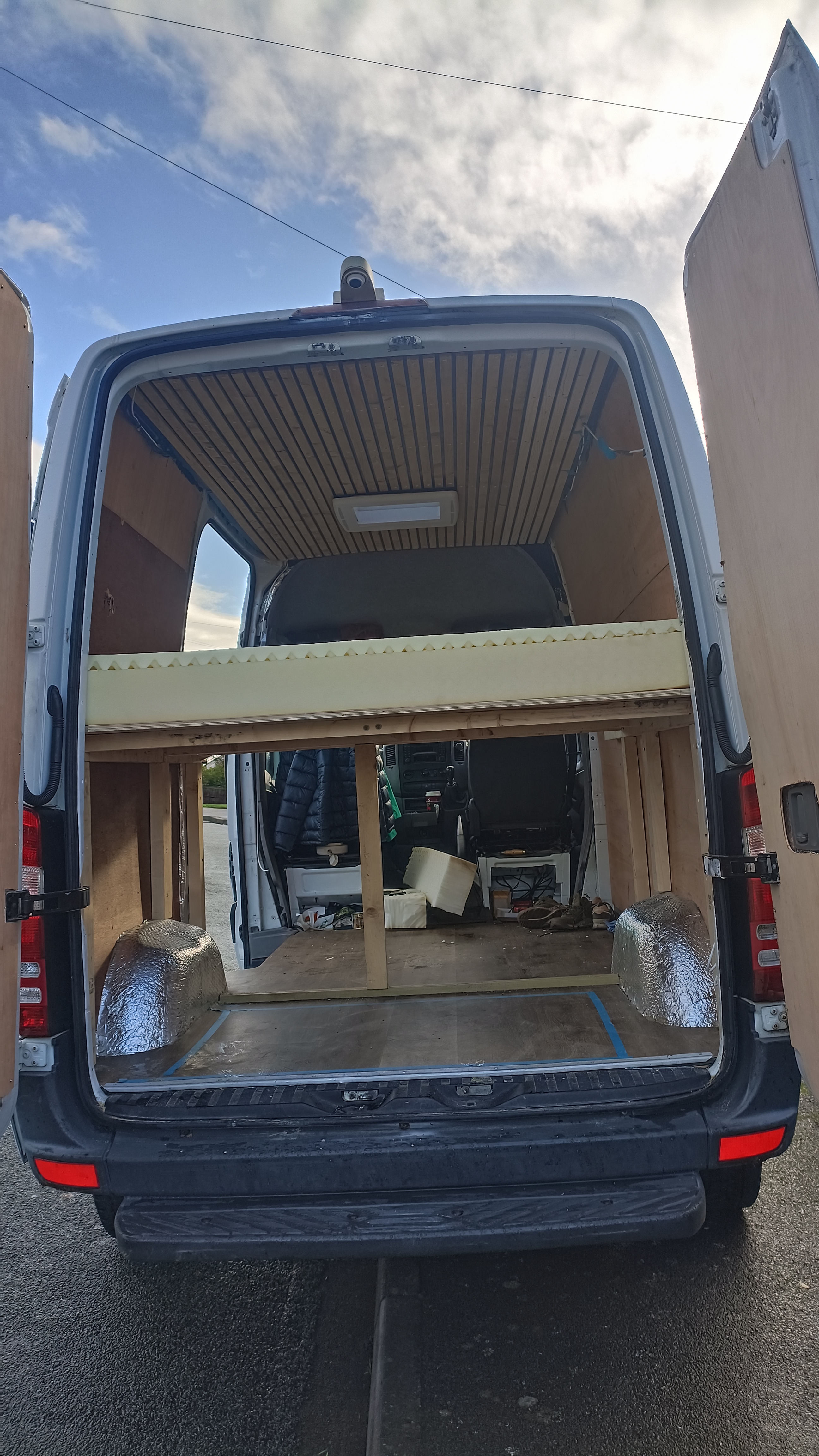


Flooring, Walls, and Ceiling:
- Choose and install the flooring material, such as vinyl, laminate, or hardwood.
- Cover the walls and ceiling with suitable materials, such as wood paneling, fabric, or insulation boards.
- Ensure proper insulation and moisture barriers are in place. I used DoDo sound deadending in the middle of my panels to quieten sound resonation. Then added a layer of cellotex insulation boarding for the big side panels and roof. For the little holes and awkward bits I used rock wool and sheep’s wool. I put ply boarding up to mount my cupboards with a support frame and then class them in plastic cladding.
Cupboards, Furnishings and Appliances:






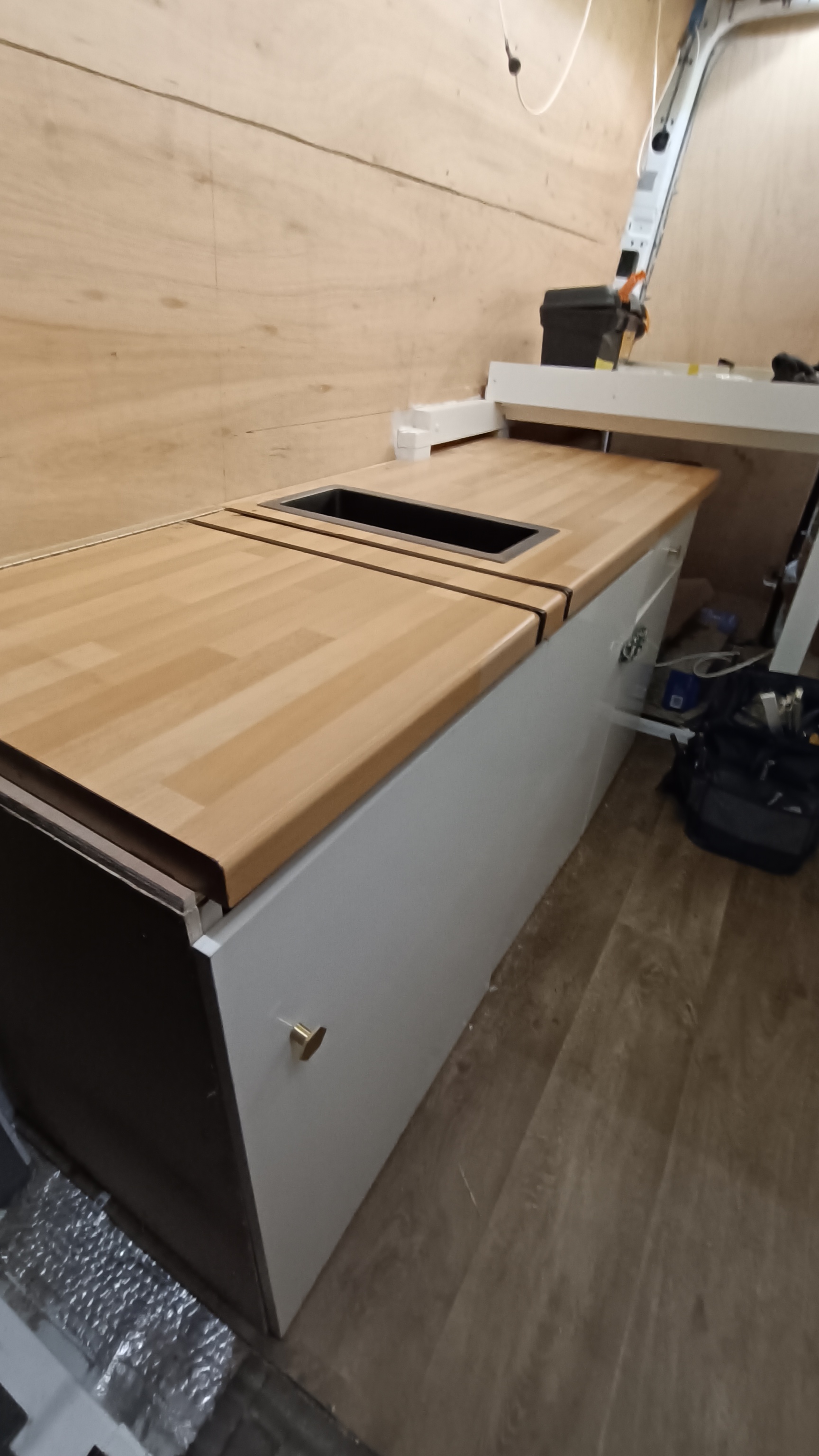
Building cupboards, furnishings, and installing appliances in a van conversion can be a challenging but rewarding process. Here is a general guide to help you get started:
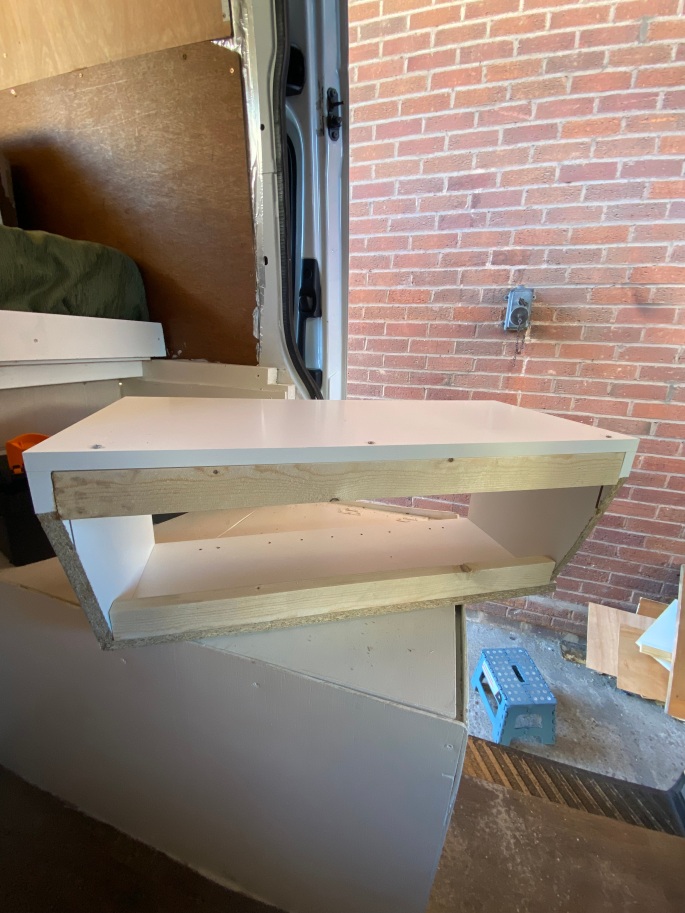
Planning and Design:
- Measure the available space in your van and create a detailed layout plan.
- Determine the specific items you want to include, such as cupboards, bed frame, seating area, kitchenette, and appliances.
- Consider the overall weight distribution and ensure that it’s balanced for safe driving.
- Materials and Tools:
- Choose suitable materials that are lightweight, durable, and suitable for a mobile environment. Common choices include plywood, hardwood, and lightweight composite materials.
- Prepare necessary tools such as a saw, drill, screws, measuring tape, level, and clamps.
- Building Cupboards and Furnishings:
- Start by constructing the framework for the cupboards and furnishings using your chosen materials. Ensure the framework is sturdy and properly anchored to the van’s walls or floor.
- Cut and attach panels to create the sides, back, and doors of the cupboards. Use appropriate hinges for the doors.
- Install shelves or drawers inside the cupboards based on your storage needs.
- Secure the cupboards to the van’s structure using brackets or screws, ensuring they are safely attached and won’t move during transit.
- Build other furnishings like a bed frame, seating area, or dining table using similar construction techniques.
- Installing Appliances:
- Choose appliances that are suitable for the size and power supply of your van. Common appliances include a fridge, stove, sink, and water system.
- Determine the best location for each appliance, considering factors such as ventilation, accessibility, and weight distribution.
- Install any necessary plumbing or electrical connections, ensuring they are properly sealed and secure.
- Anchor appliances securely to the van’s structure using brackets or straps to prevent movement during travel.
- Finishing Touches:
- Sand and paint the cupboards and furnishings to achieve the desired aesthetic.
- Consider adding finishing touches like handles, knobs, or decorative elements to personalize the space.
- Install flooring, wall paneling, and ceiling materials to complete the interior.

I hope you have enjoyed reading some advice and guidance of how to build a van from this helpful guide. If you have any further questions please feel free to comment below or message me on my instagram under @vanlifewithluci.
Disclaimer: All advice on this blog is given by a non professional van builder (myself) and I would highly advise if you are undertaking a project like this as an amature DIYer to consult with professional advisers, especially on the electronics and plumbing parts of your van to ensure safe installation.
